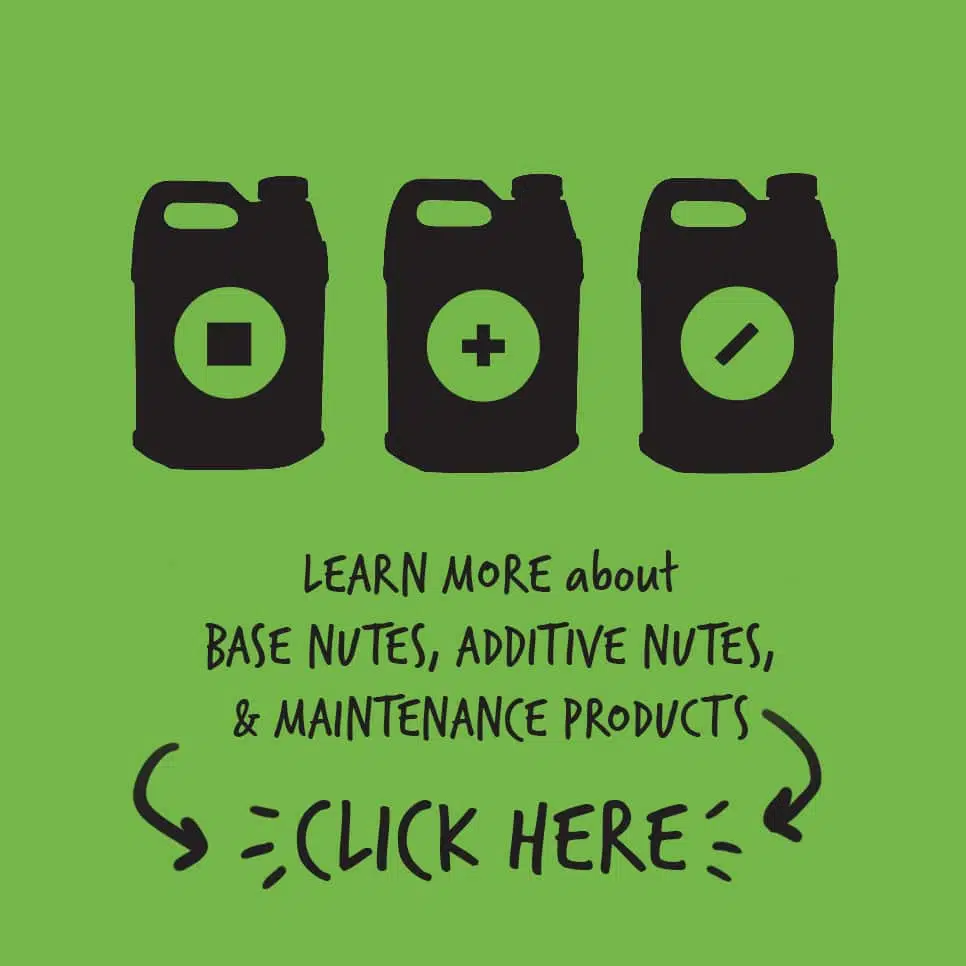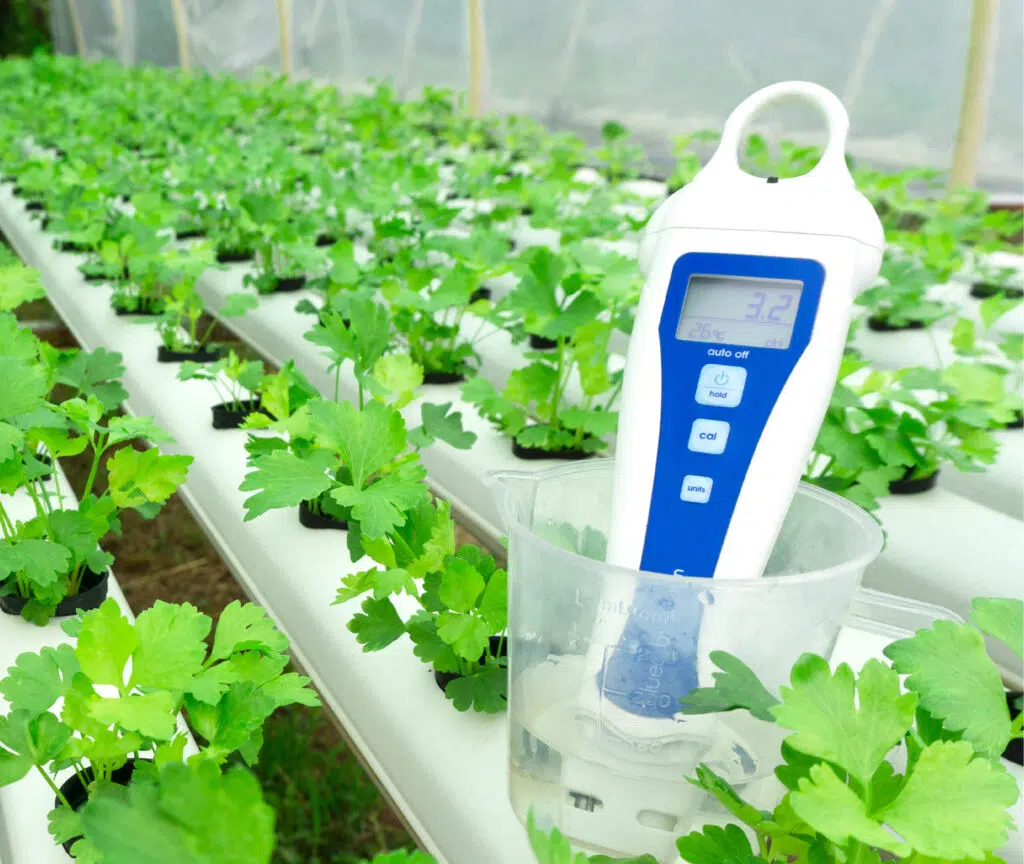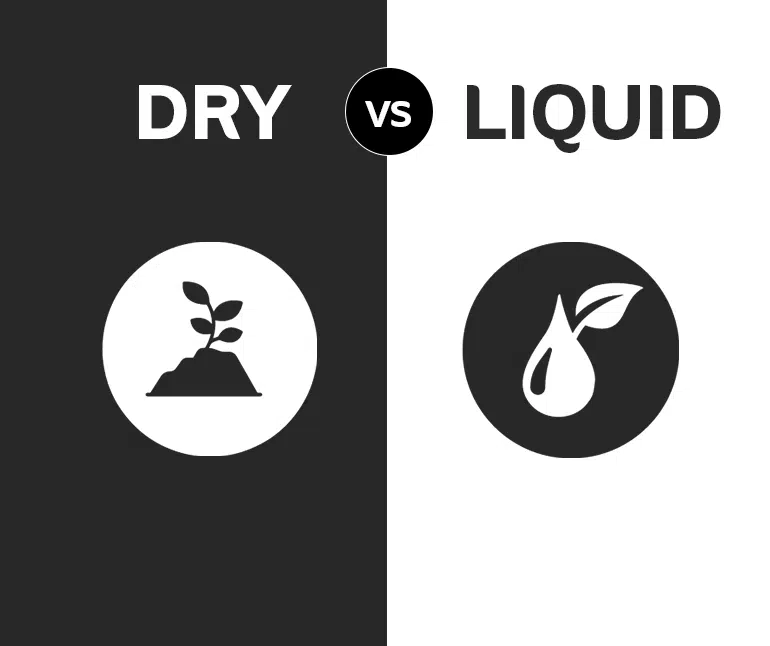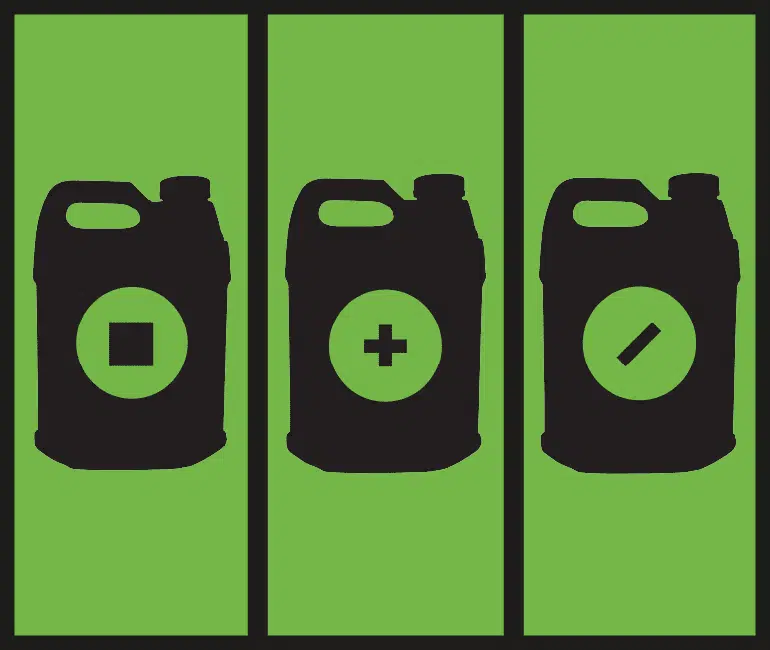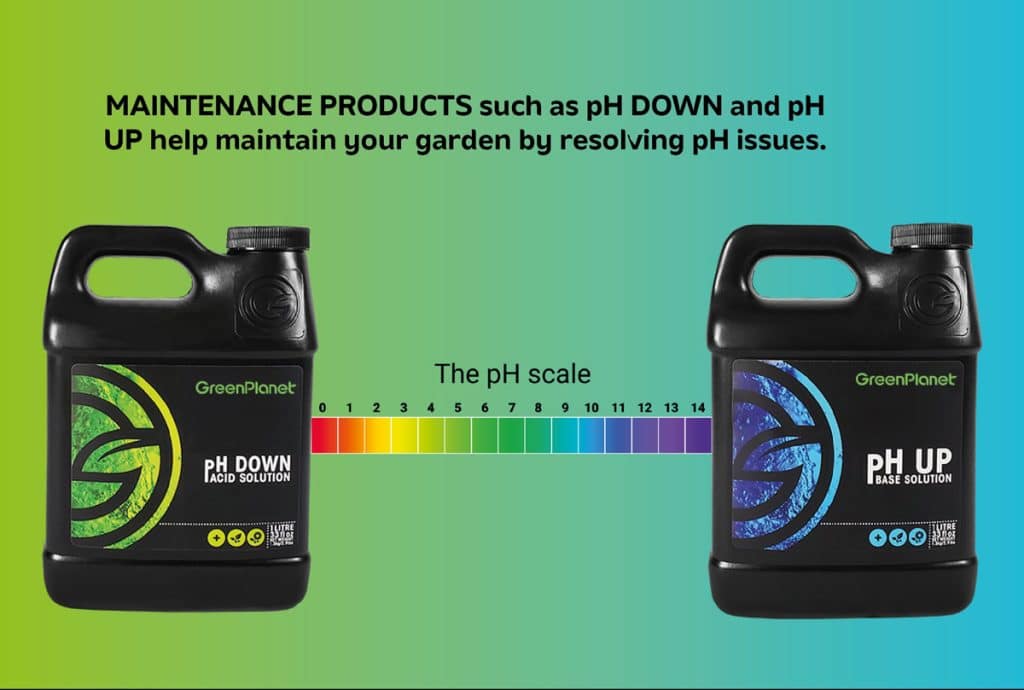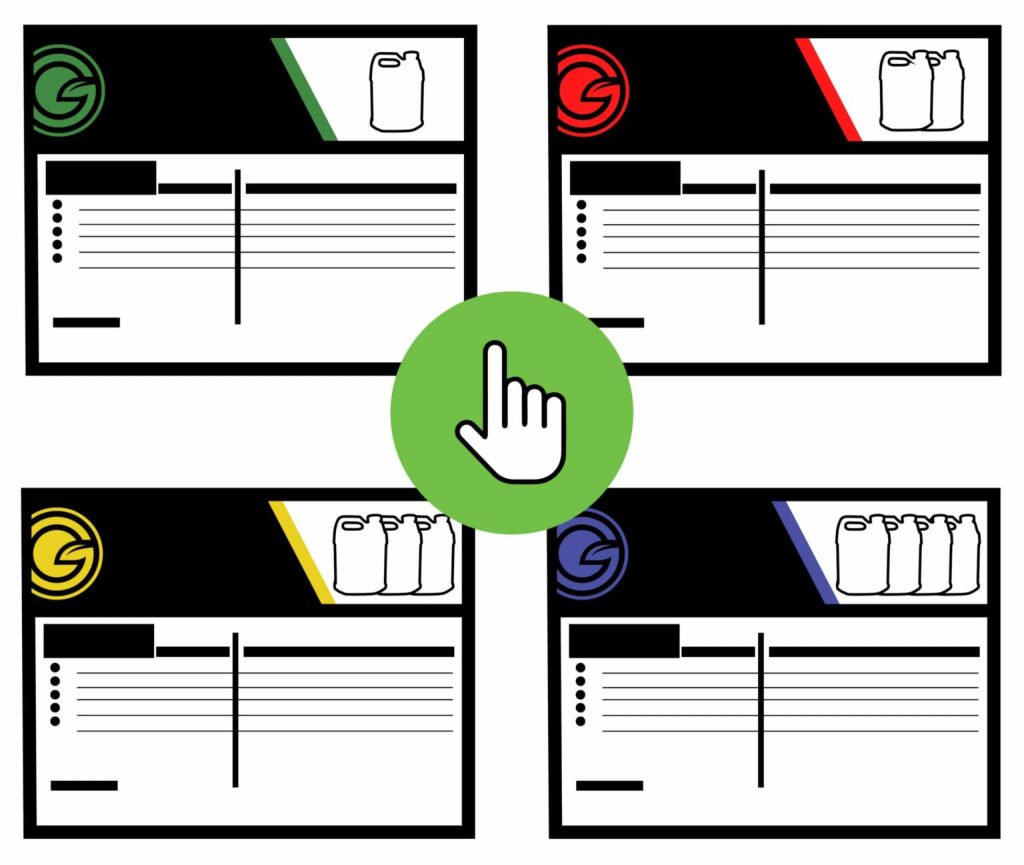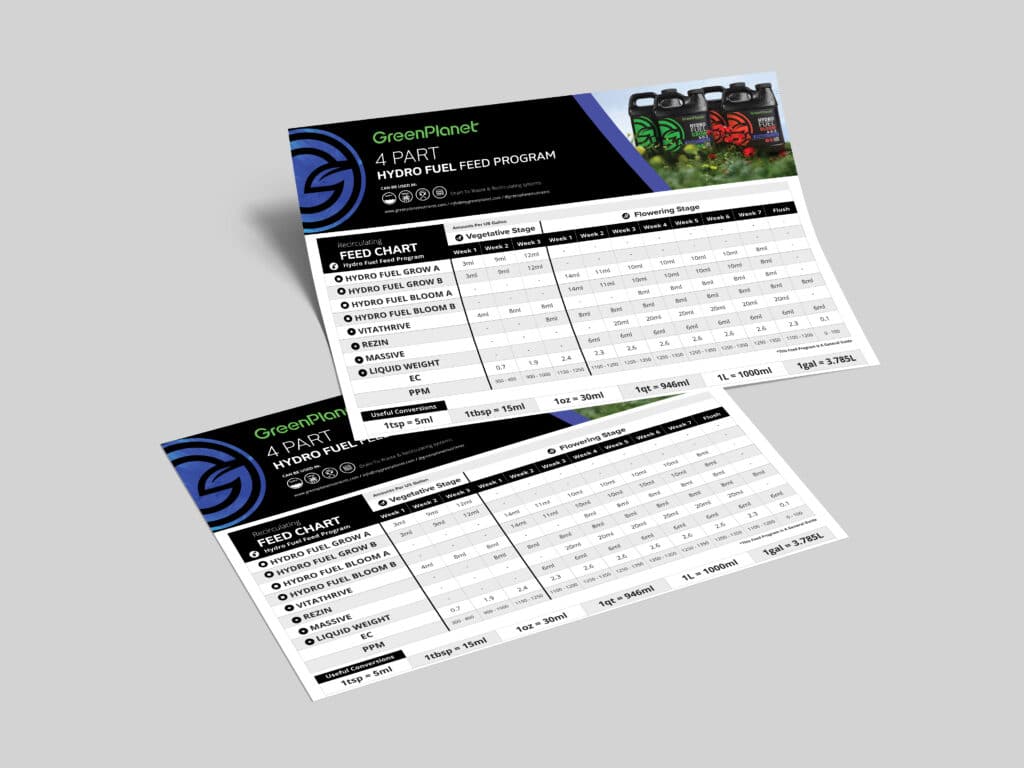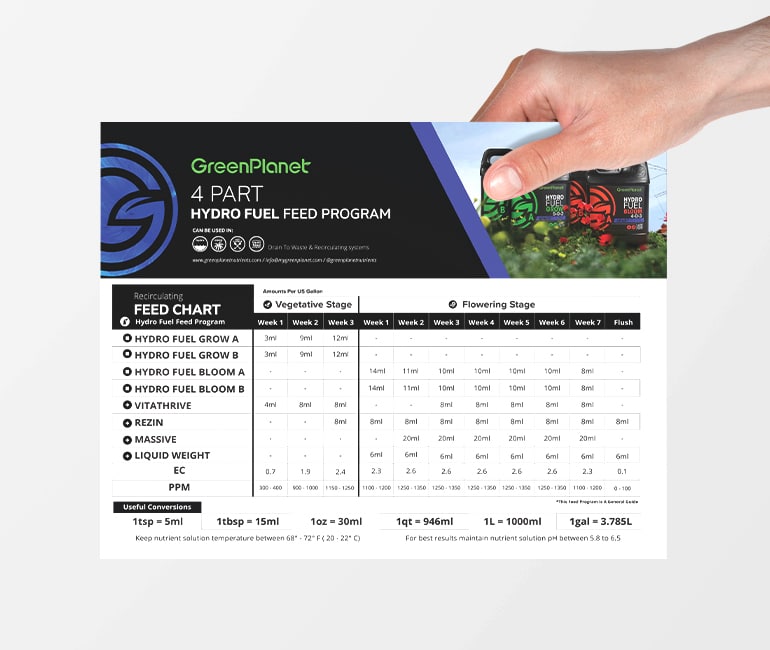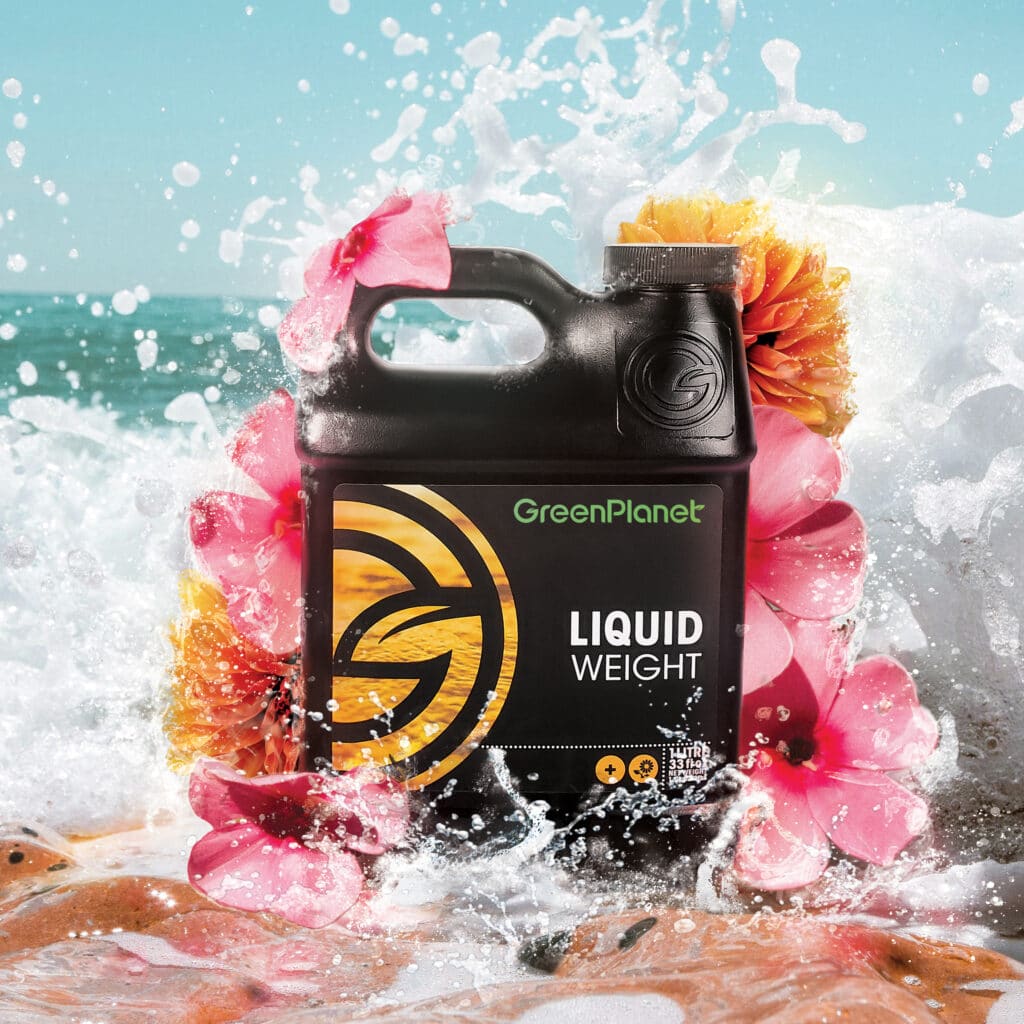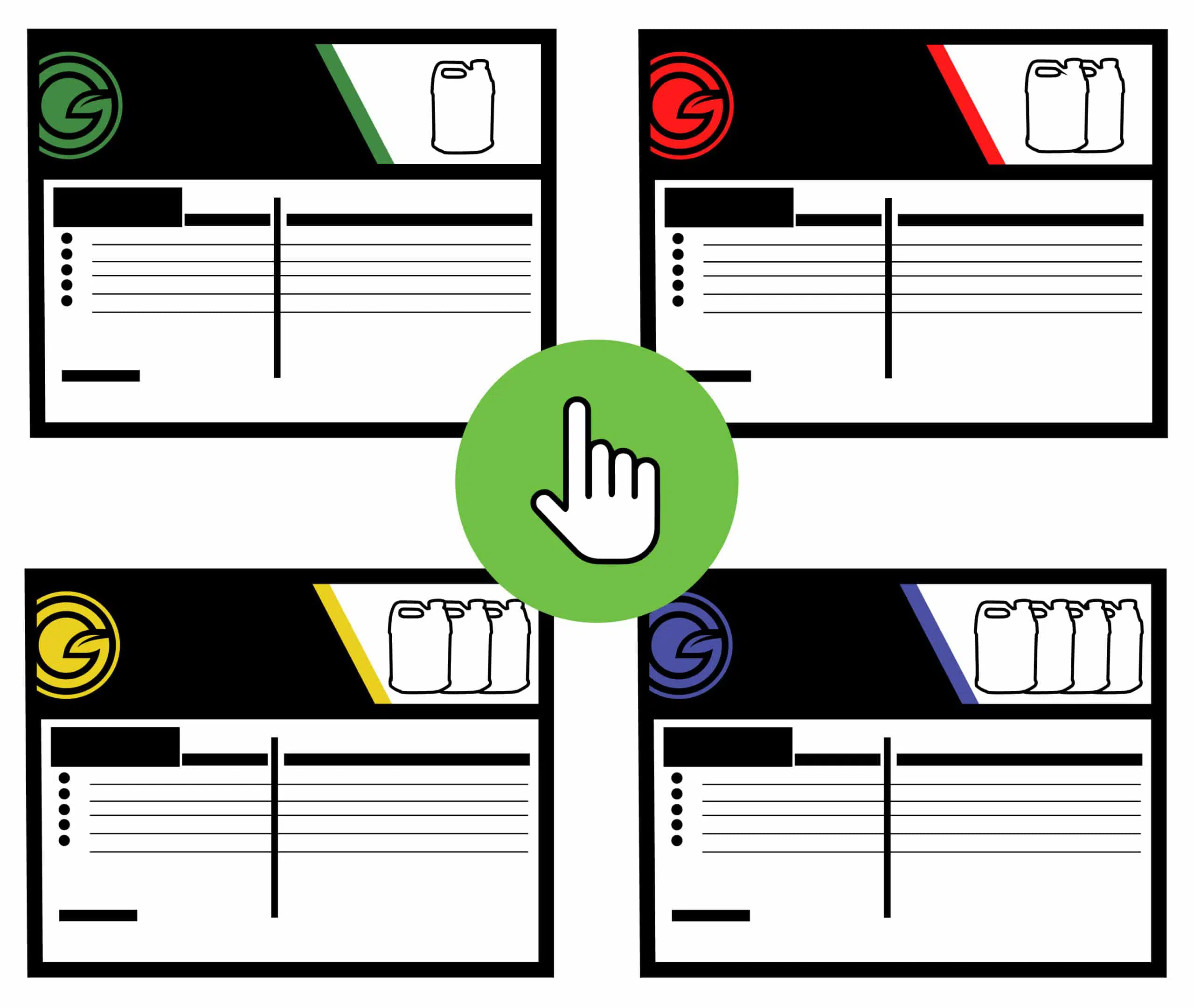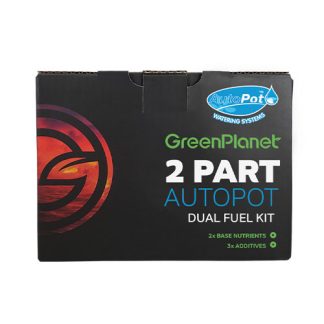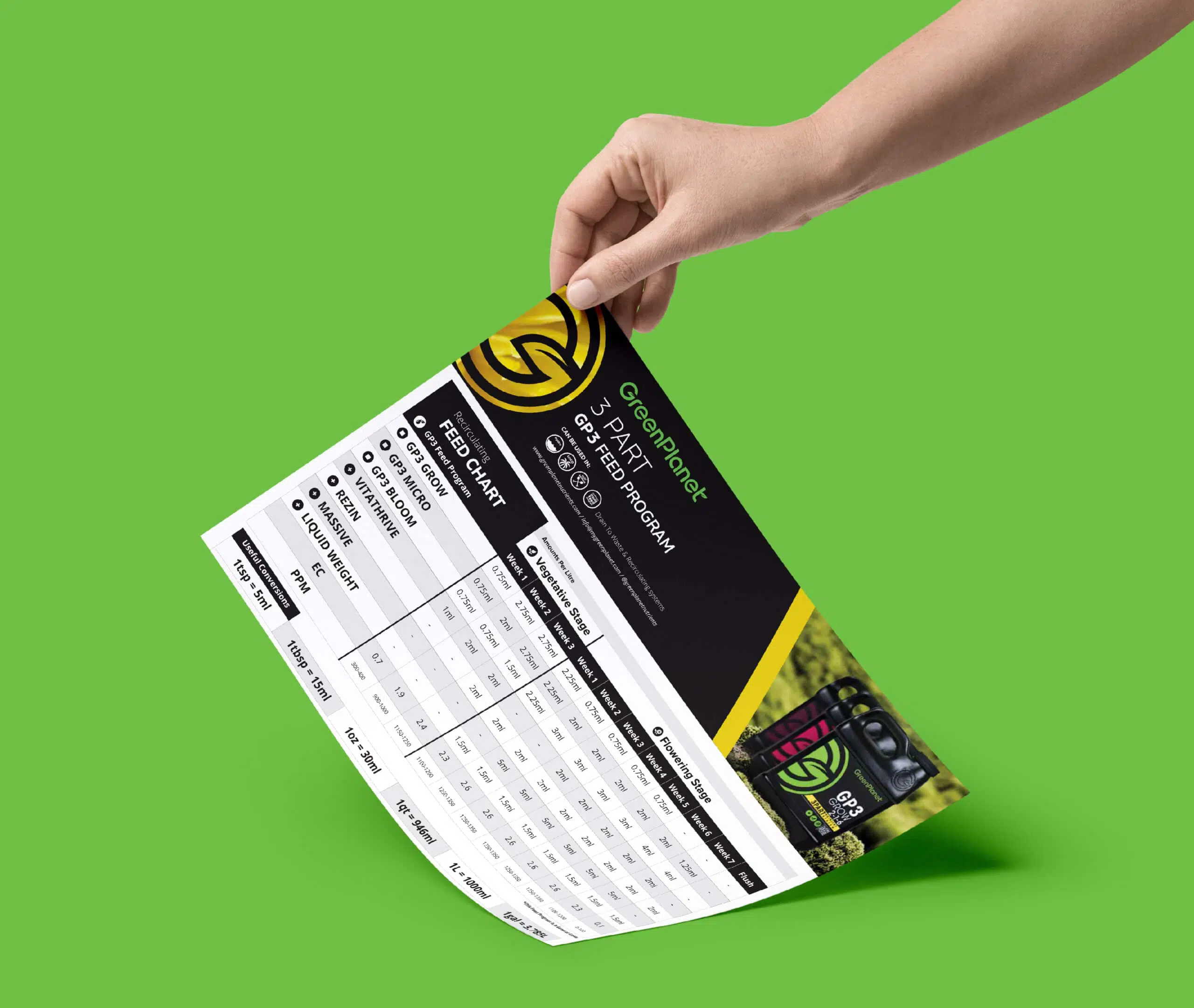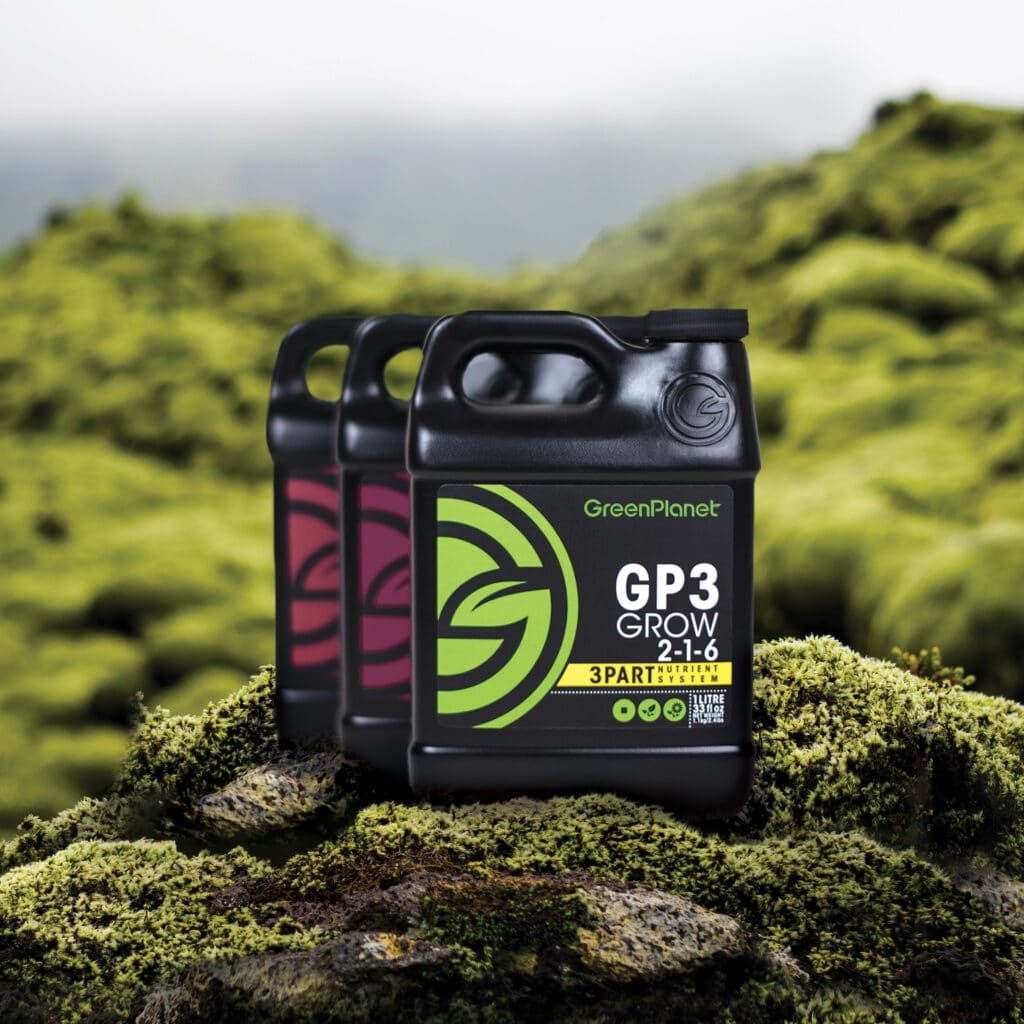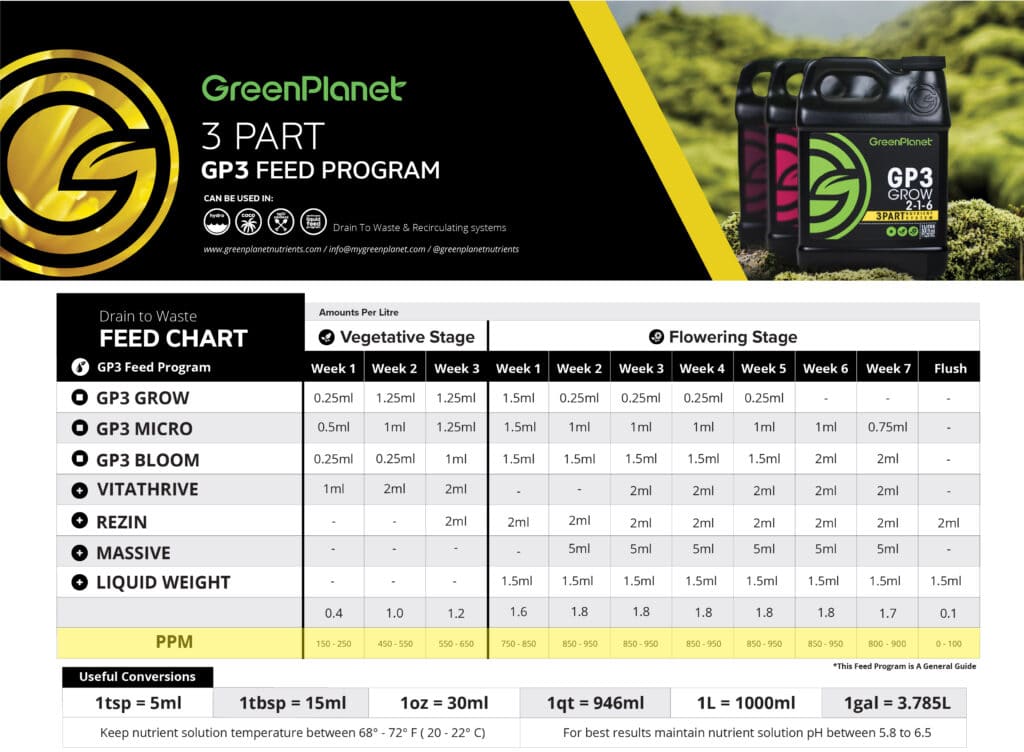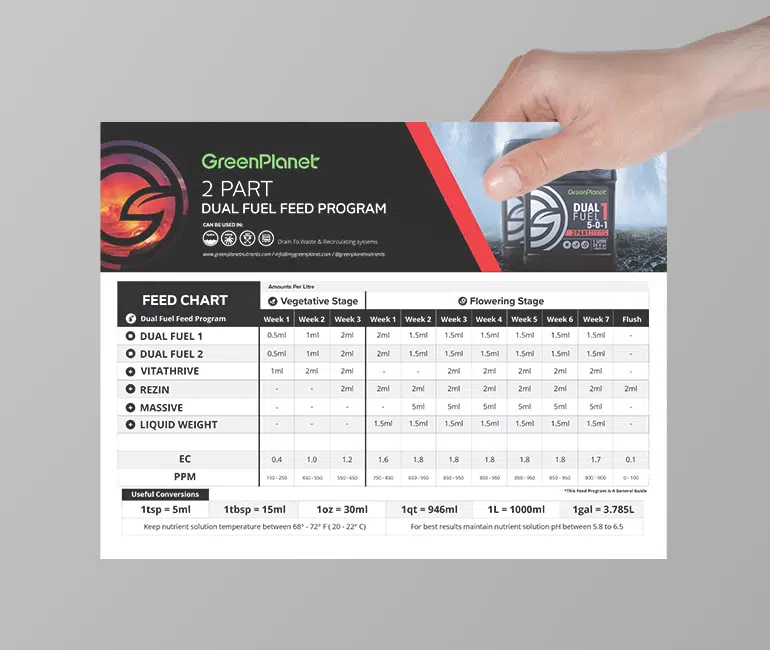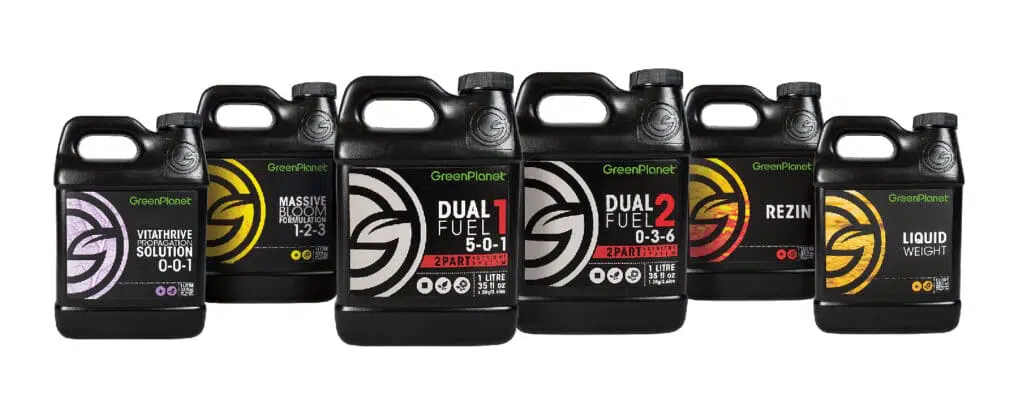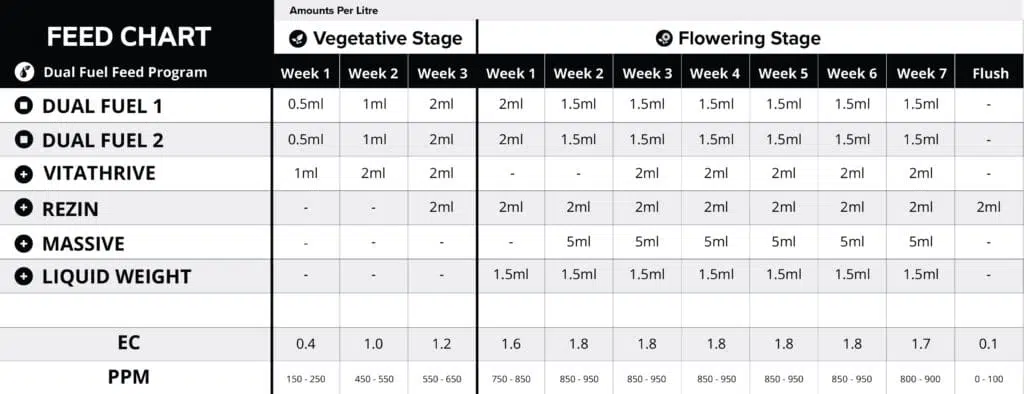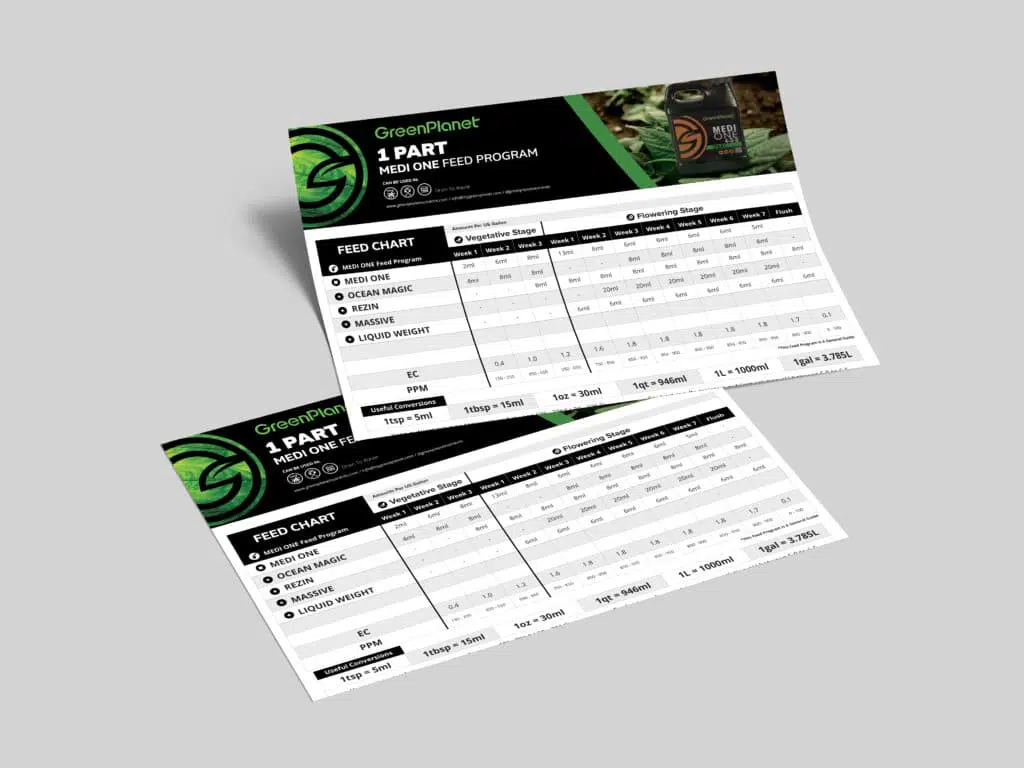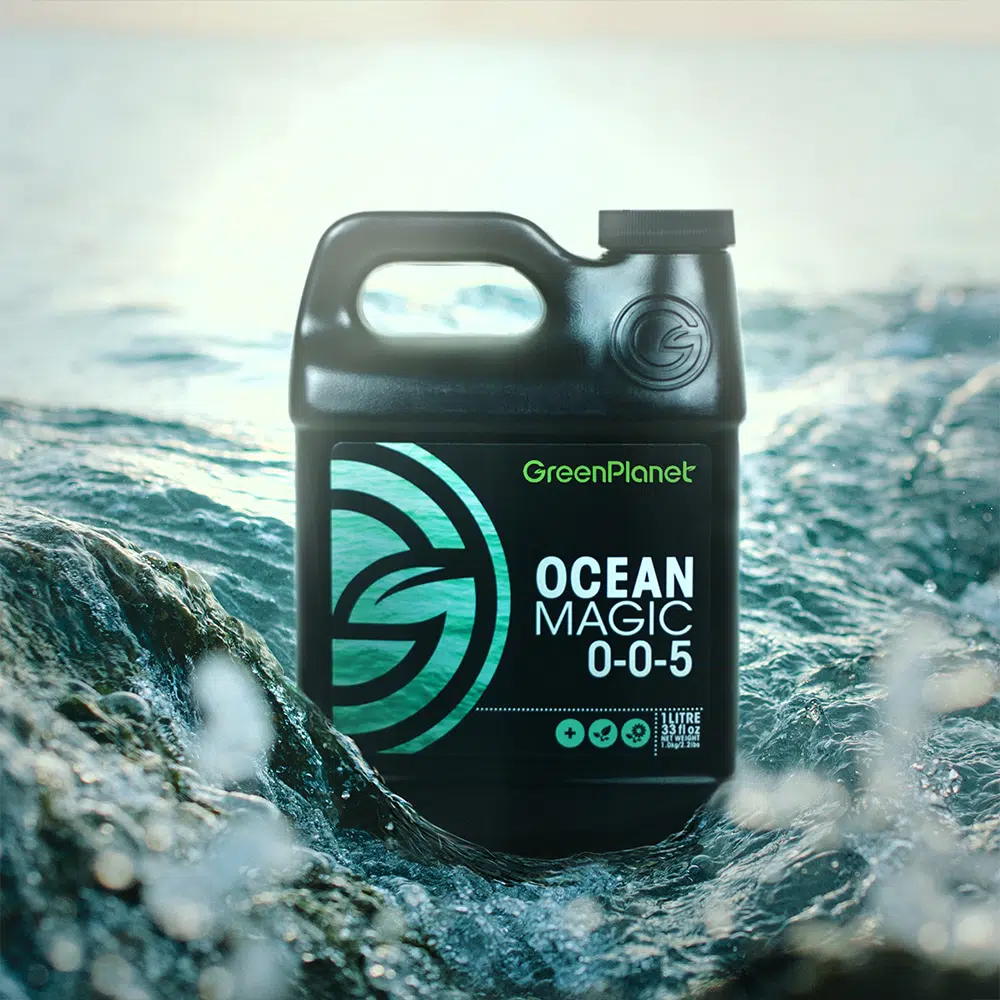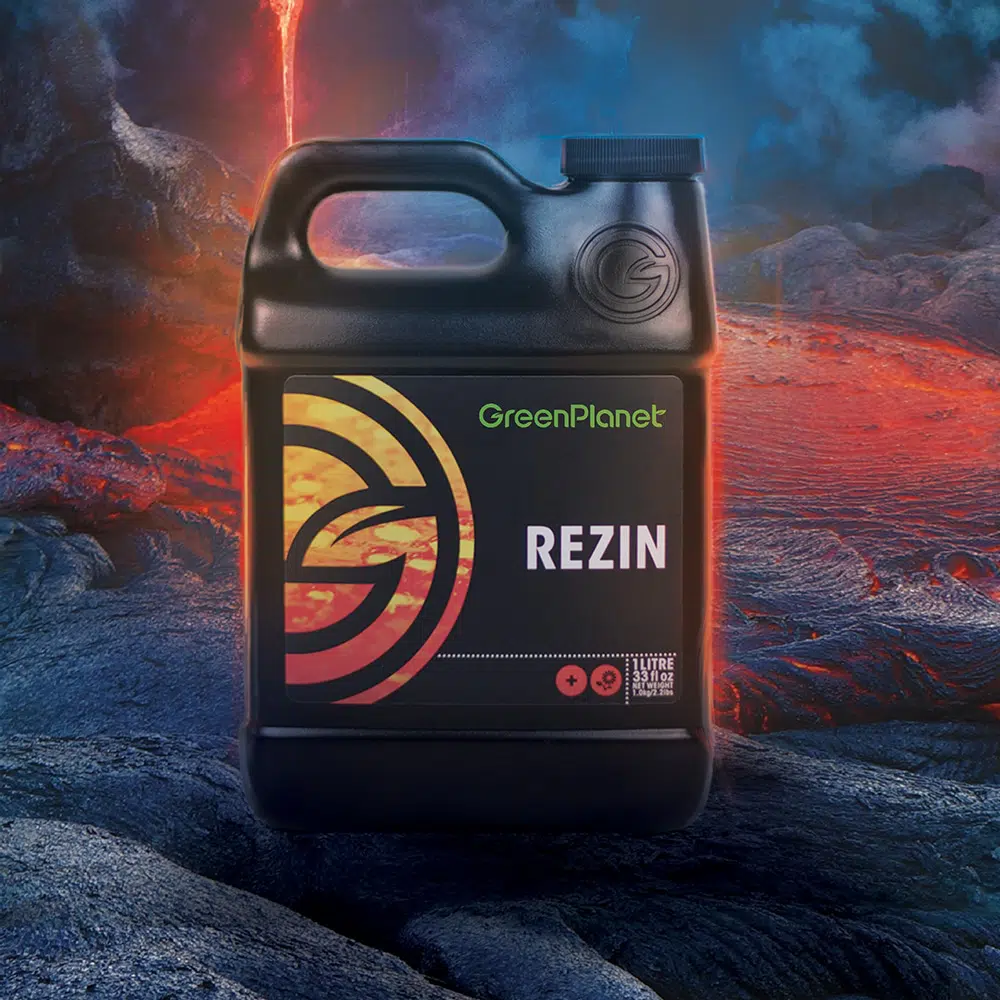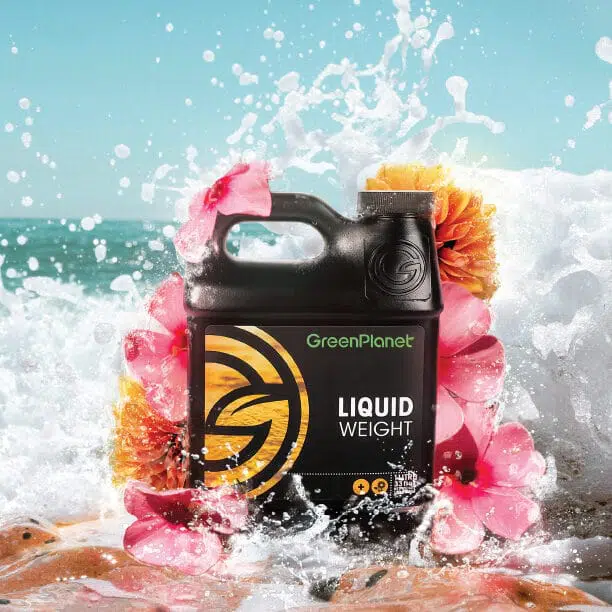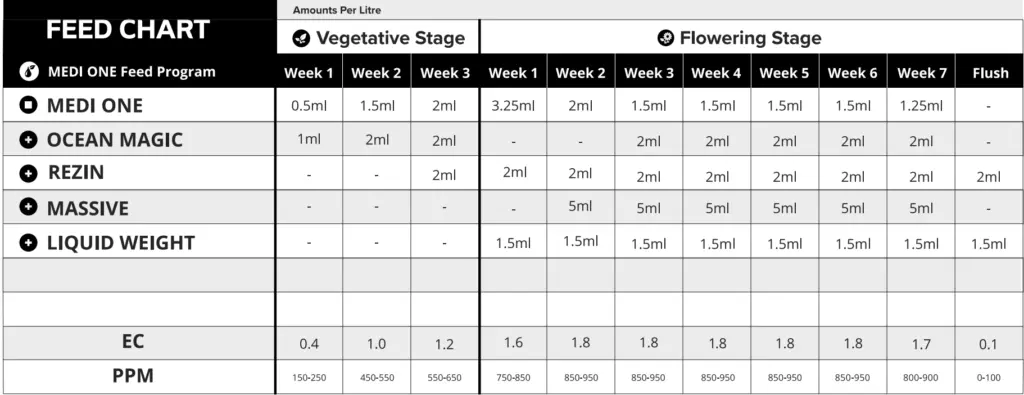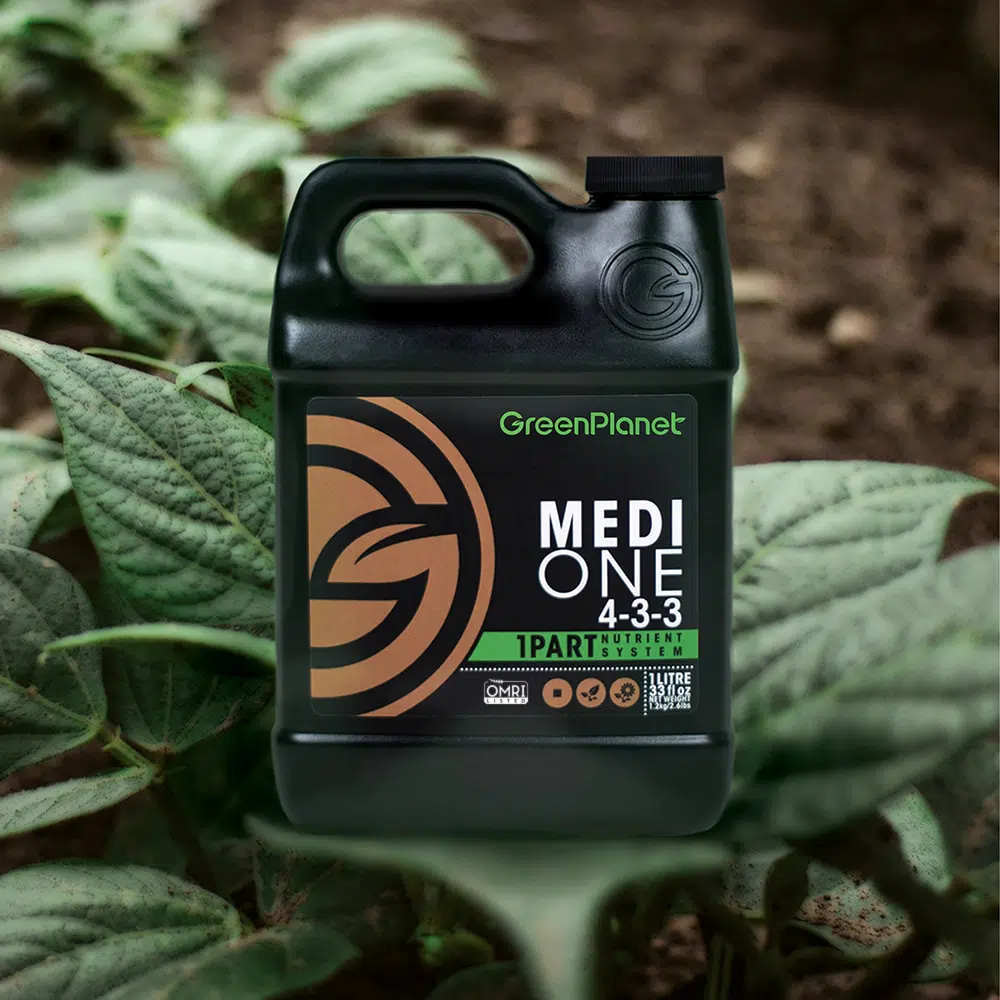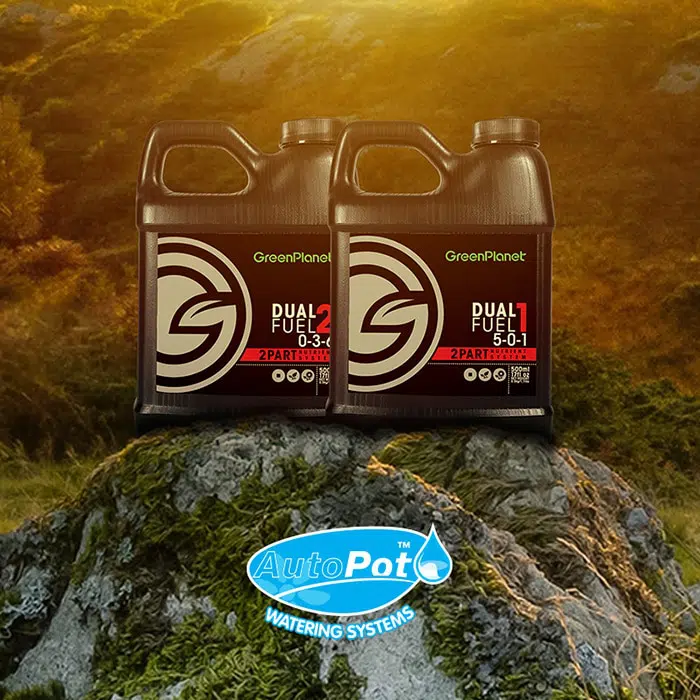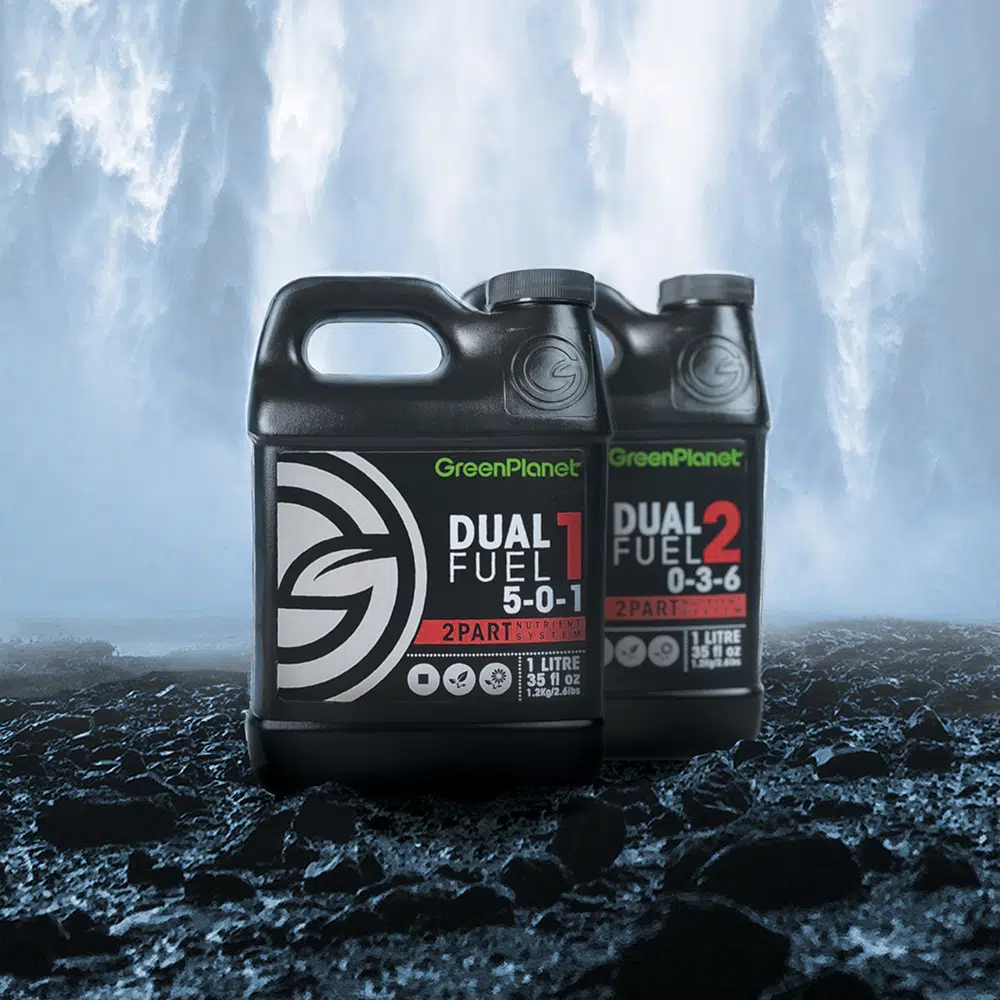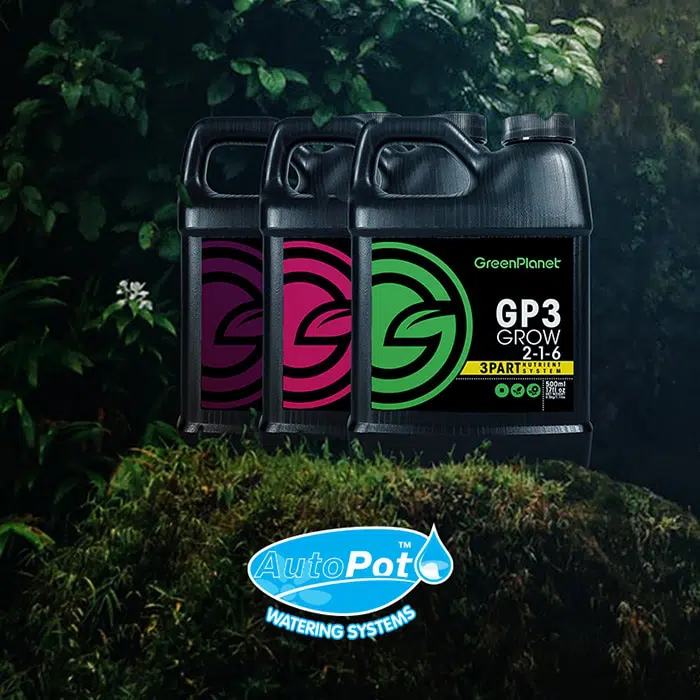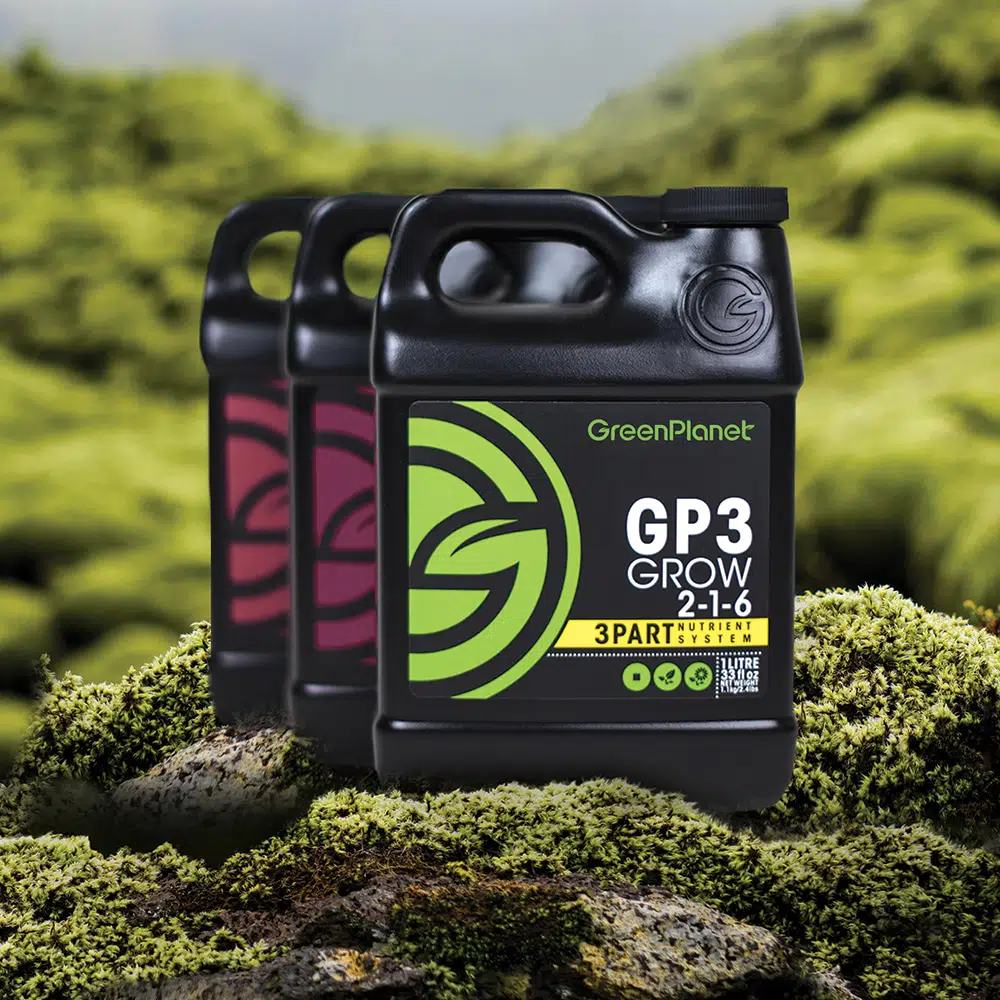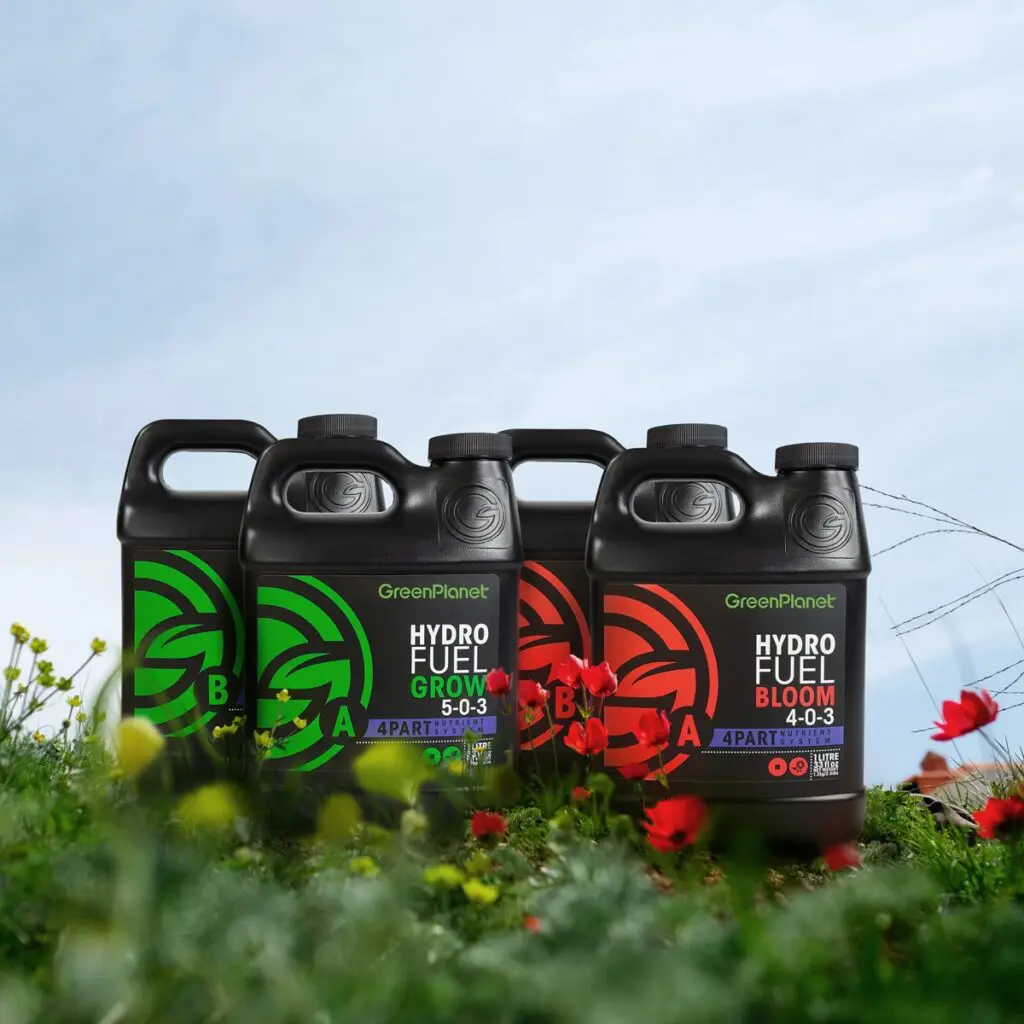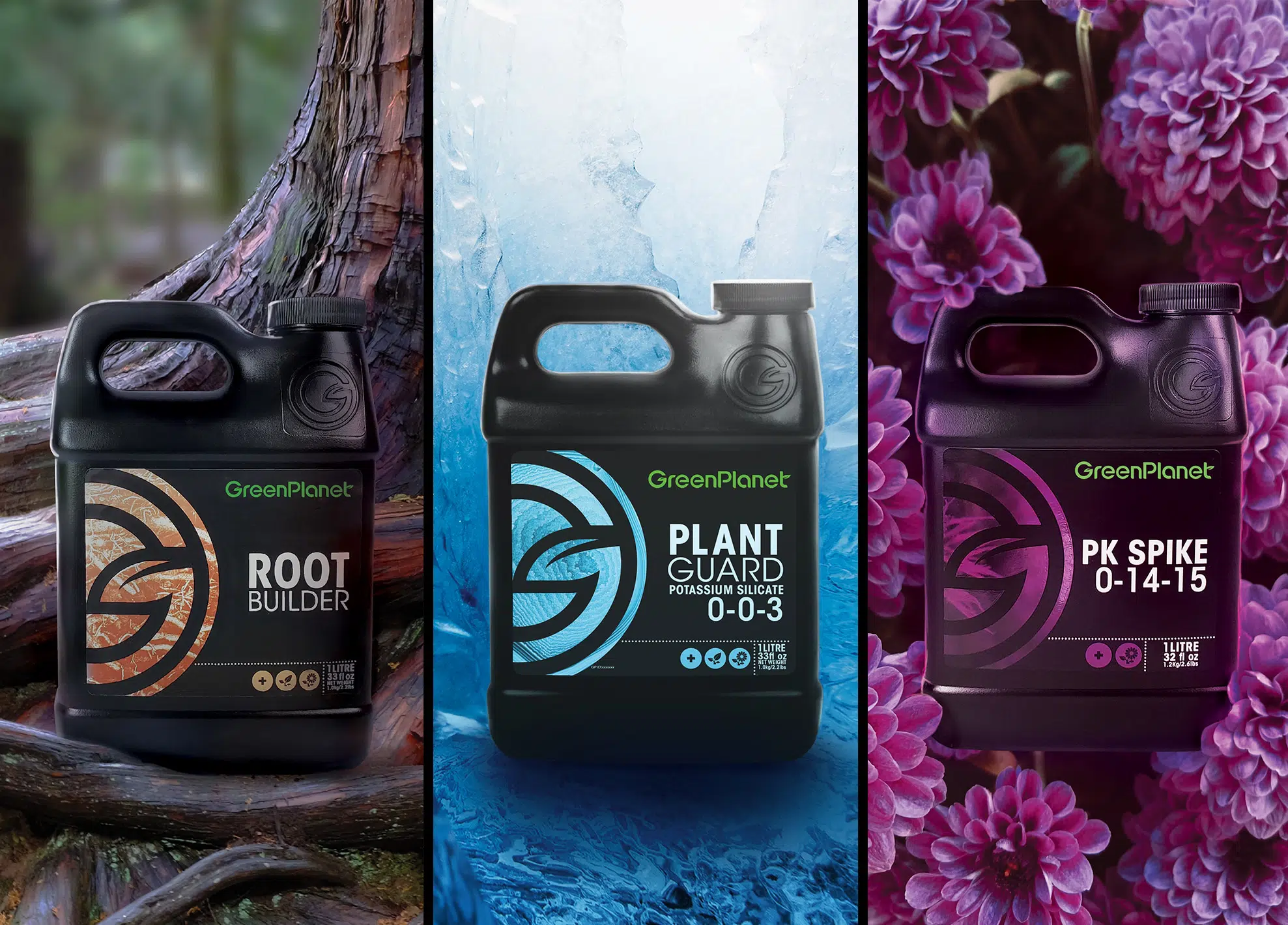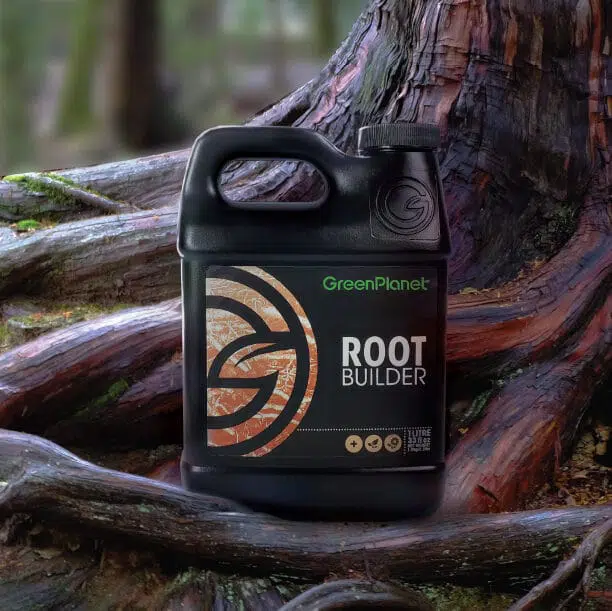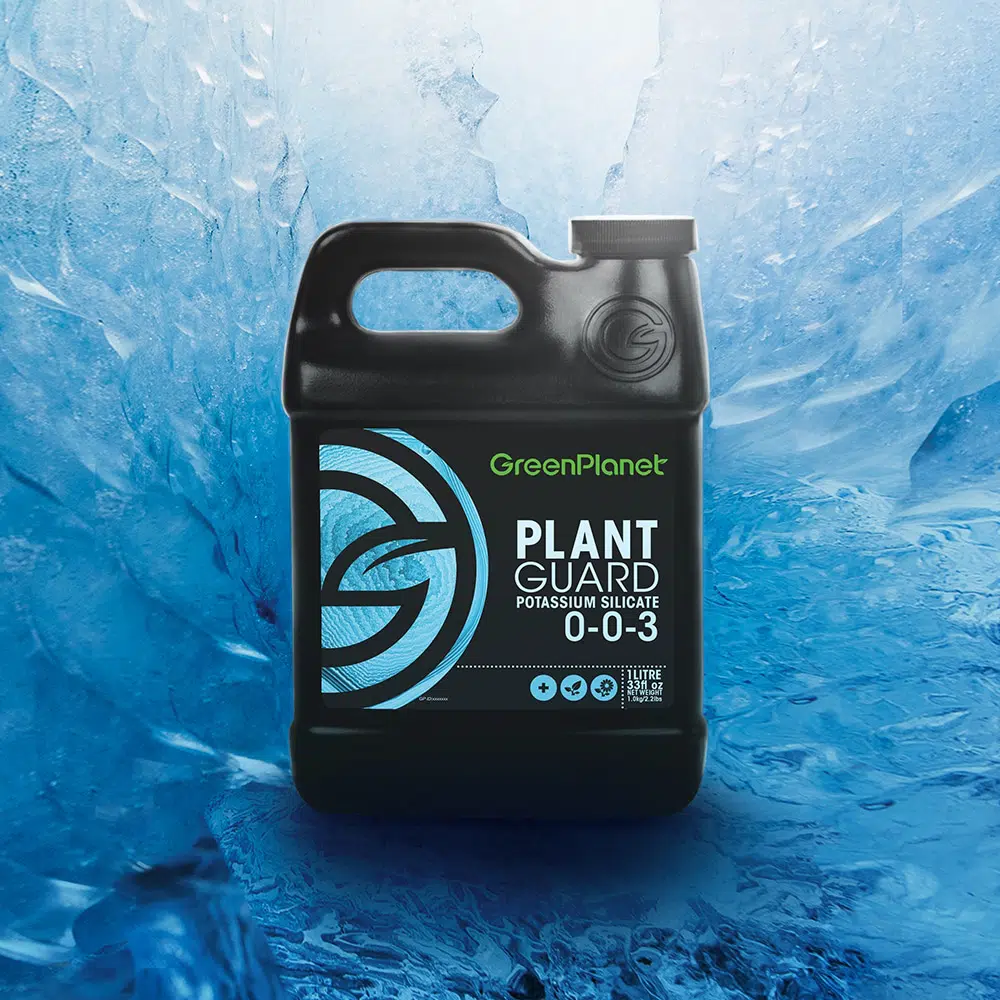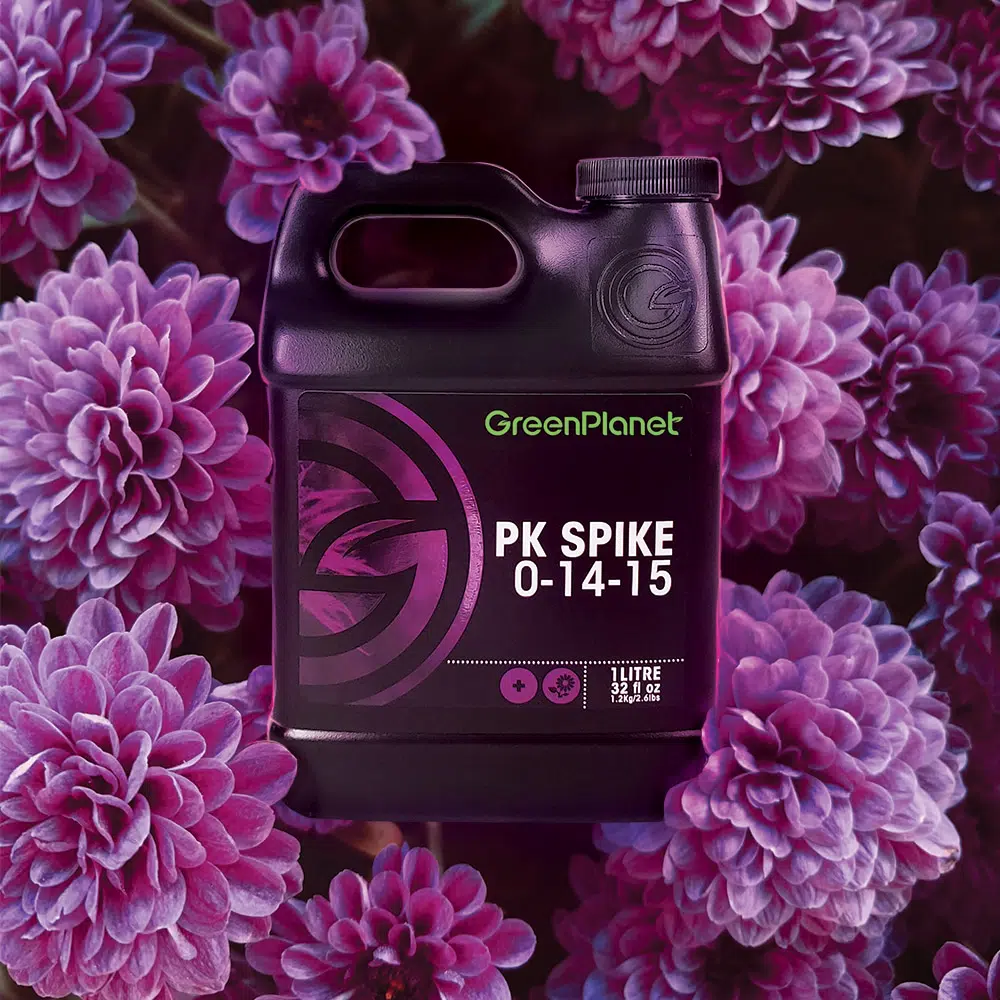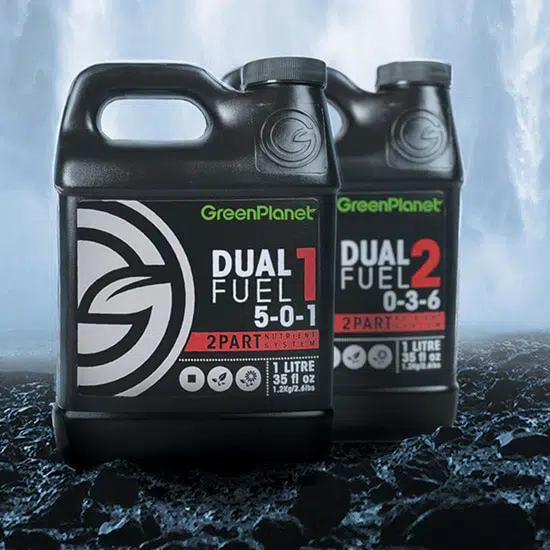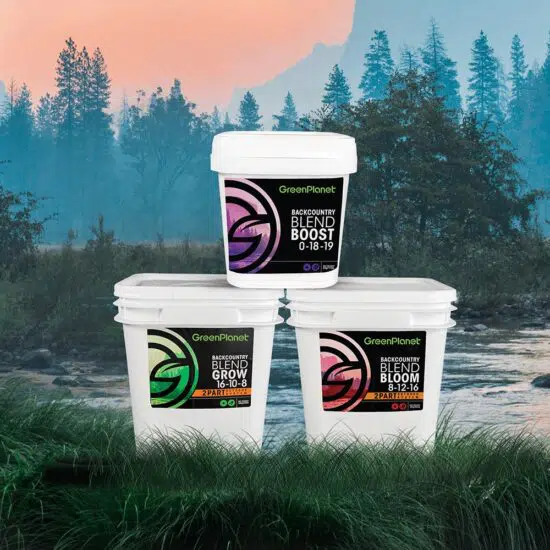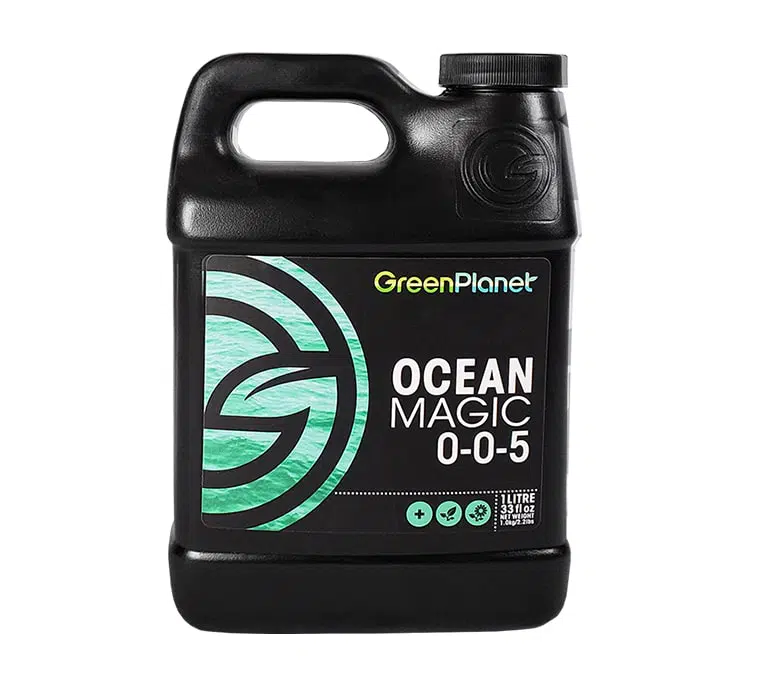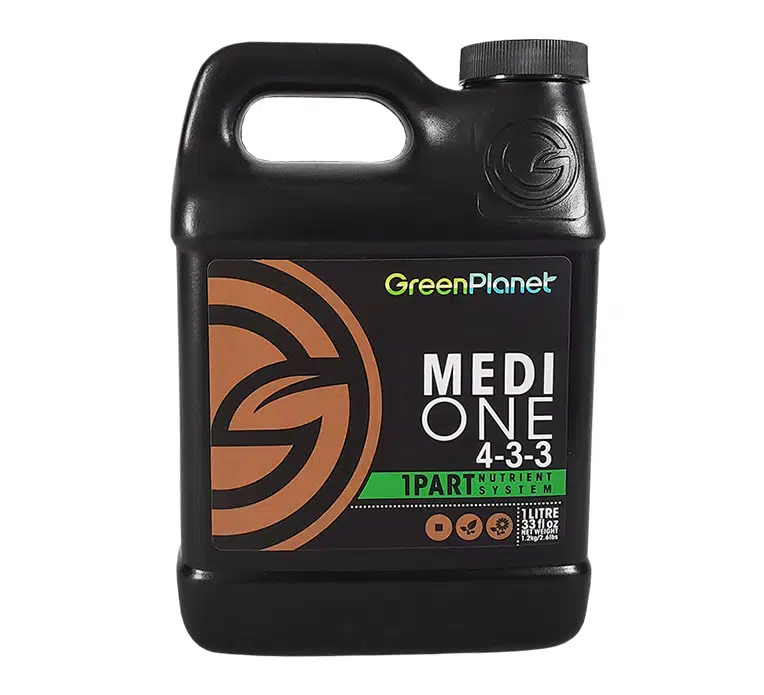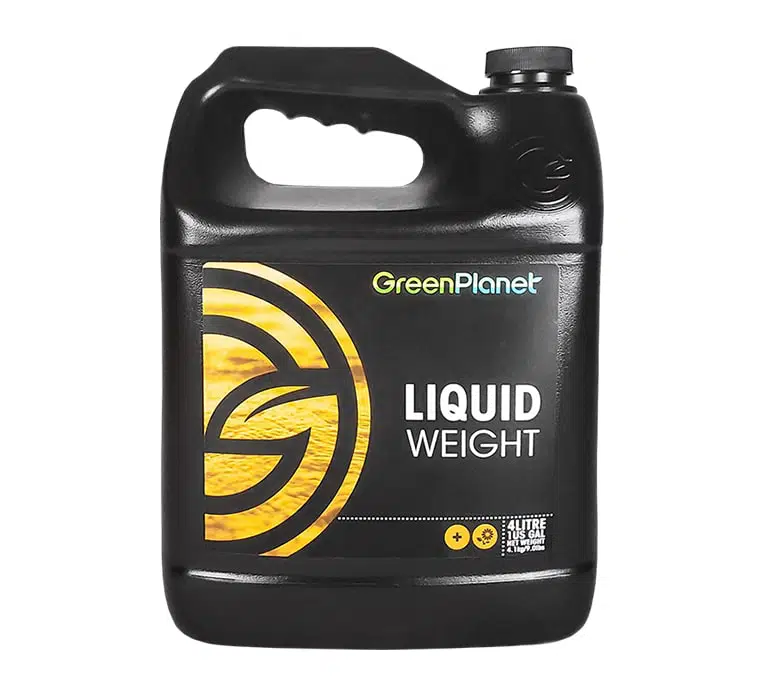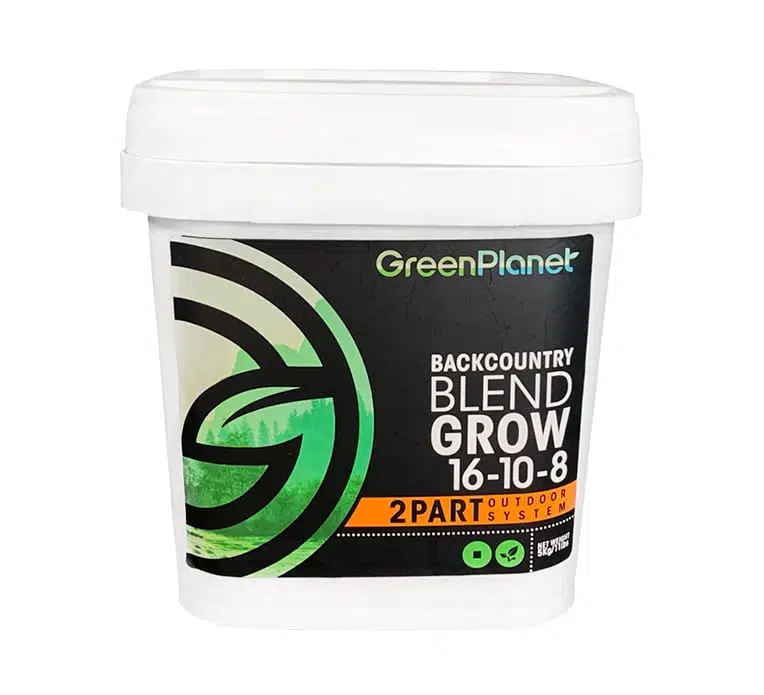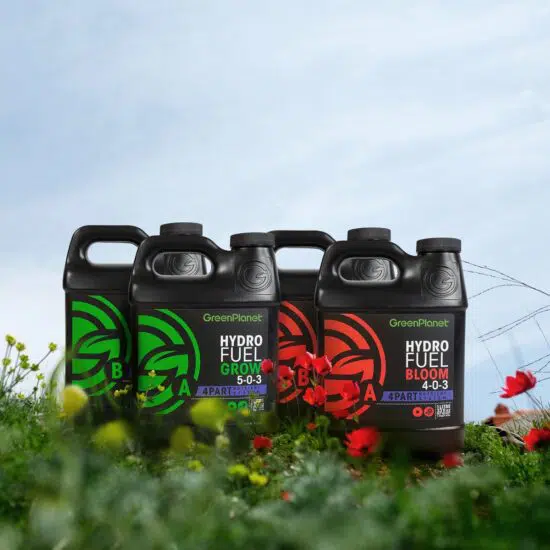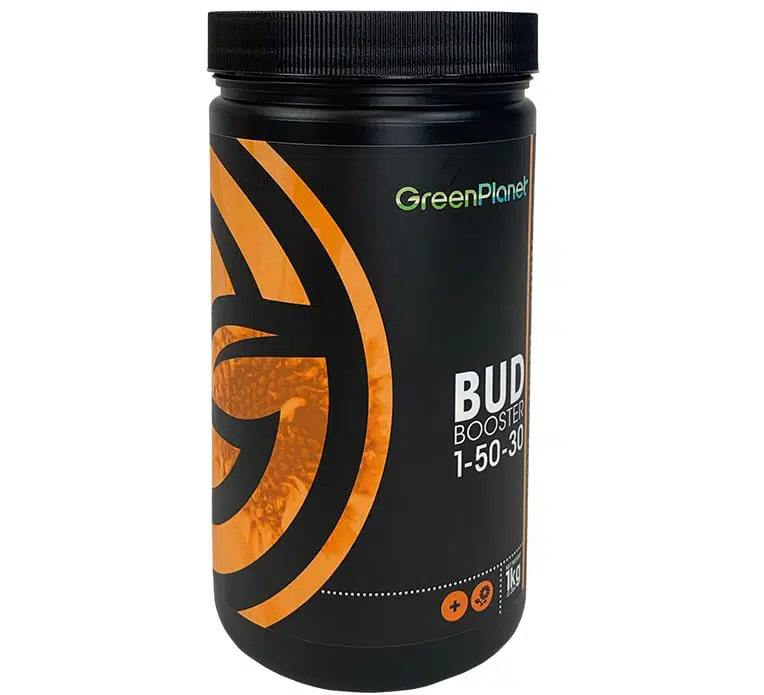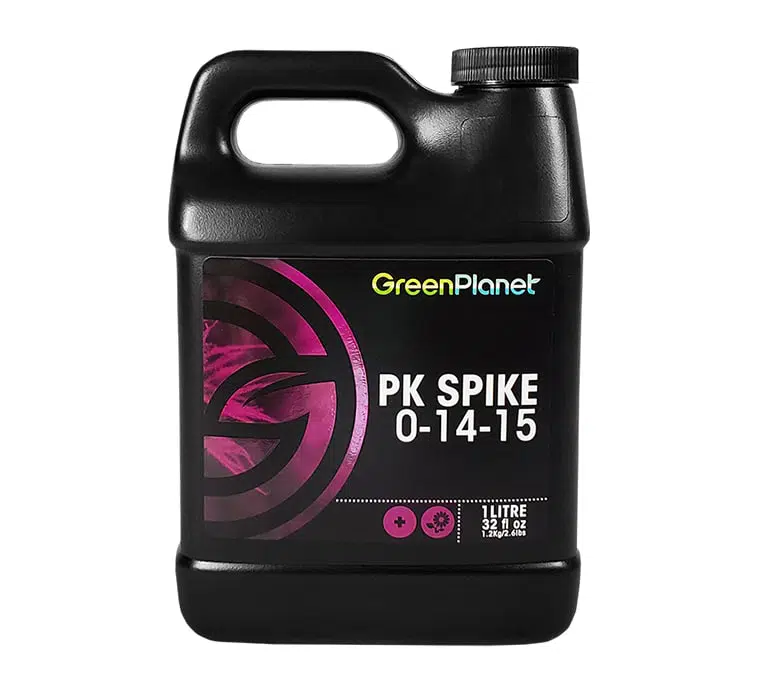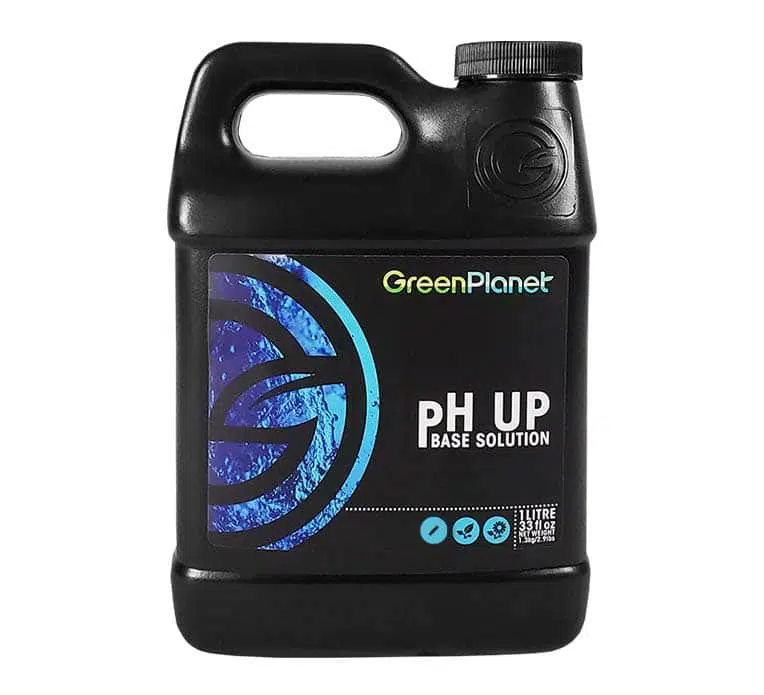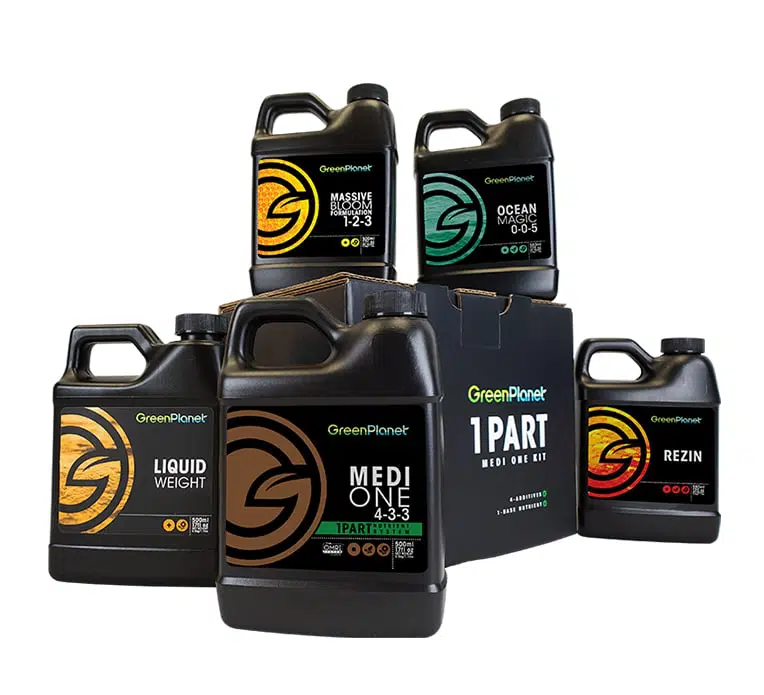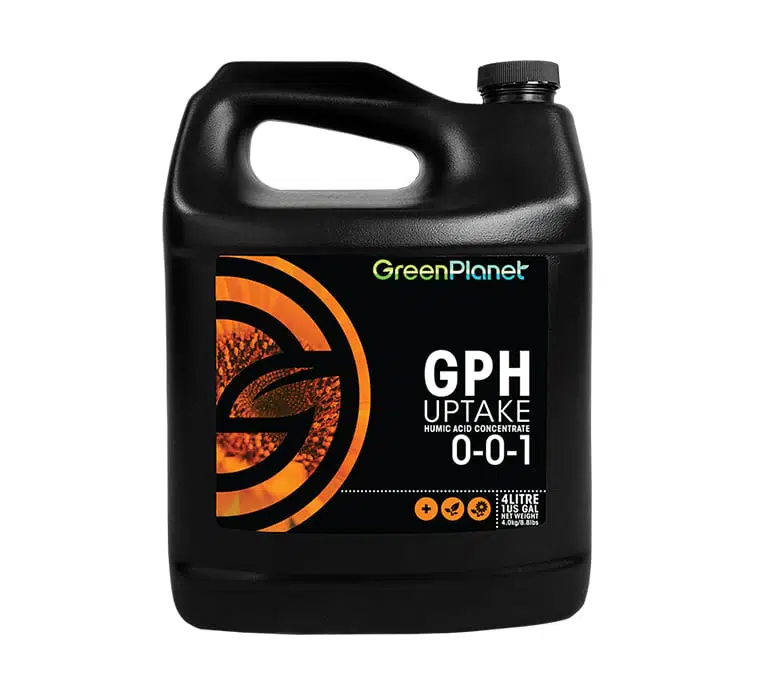Understanding the Feed Program: 2 Part Backcountry Blend Outdoor Feed program

Perhaps the simplest, yet most effective fertilizer on the market, the BackCountry Blend (BCB) feed program provides steady nutrition throughout periods of vegetative, flowering and ripening growth, all while being one of the most affordable nutrient systems available to growers today. Originally formulated for the outdoor and greenhouse garden, BCB has quickly become a favorite for new and experienced growers in a variety of systems with specialized growing practices and routines.
This isn’t our first in-depth look at BackCountry Blend – we’ve been covering the potential of BCB for years. Coming in three parts, Grow, Bloom and Boost, the BCB feed program is a granular, slow-release fertilizer that works for gardens of all sizes and for growers of any personality. From large, easy-going outdoor gardens, to small, meticulous indoor shows, BCB delivers the results you expect from GreenPlanet Nutrients – all at a fraction of the price. Below, we’ll take a deeper look at the parts of the BackCountry Blend, and learn everything you need to know about using the feed program
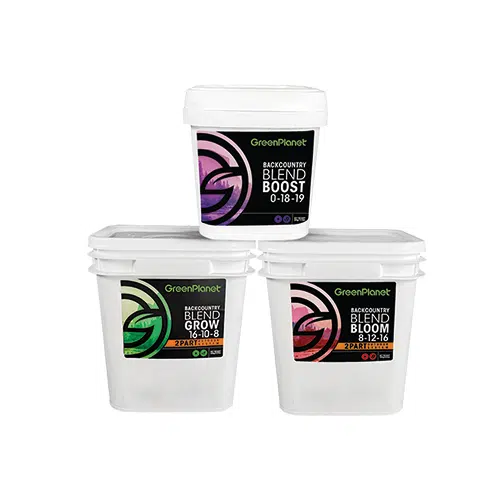
What is a Feed Program?
A feed program is a schedule of plant nutrition that can be mapped in terms of fertilizer dosage, ratio, supplementation, and use over time. A liquid feed program, for example, usually contains several bottles and ranges in supplements including a base nutrient fertilizer, a vitamin supplement, a bloom booster, a source of carbohydrates, and a trichome enhancer. Granular or powder feed programs, being formulated with simplicity in mind, typically have half as many parts.
By combining growing, blooming, and quality-enhancing inputs into a feed program, growers can expect to produce heavy flowers and large, tasty fruits, harvest after harvest. To browse a complete list of feed programs available at GreenPlanet Nutrients, click here. Or, read the blog below for more information on the BackCountry Blend feed program.

GreenPlanet’s Backcountry Blend (BCB) Feed Program
GreenPlanet’s BackCountry Blend feed program is a dry, granular, slow-release nutrient system. This means that unlike GreenPlanet’s liquid fertilizers, which are concentrated solutions that are measured and mixed with water before irrigation, BCB is applied directly to the top layer of soil or soilless mix. After amending BackCountry Blend, and during every irrigation cycle, BCB Grow, Bloom or Boost will slowly release a timed, but well-rounded blend of nutrients into the root zone.
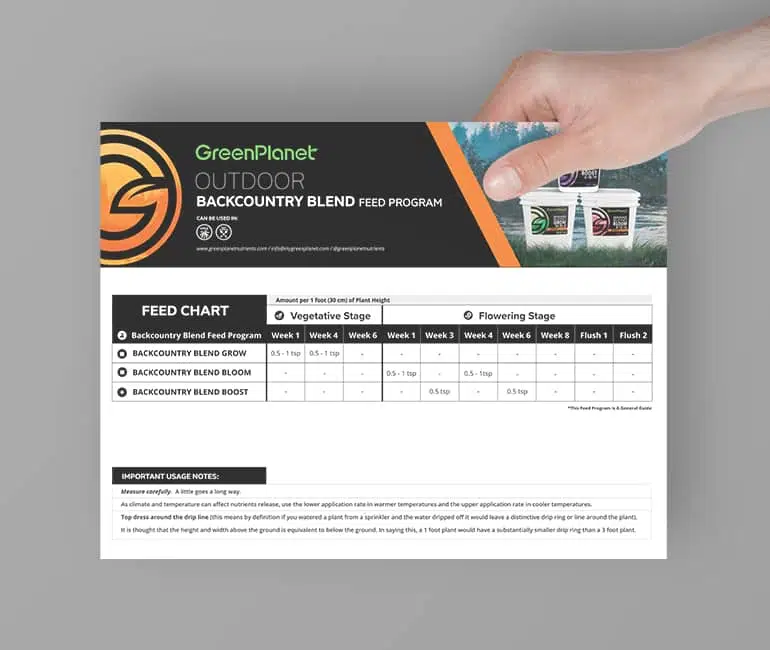
That’s what makes BackCountry Blend so simple – just add the appropriate amount of granular fertilizer to your containers or garden beds and water thoroughly. With the time saved using BackCountry Blend, growers can focus on what matters most in the garden – the plants.
The Backcountry Blend Feed Program Contains:
Base Nutrients
Additive Nutrients
Parts of the Backcountry Blend Feed Program:
Backcountry Blend Grow contains a carefully selected blend of nitrogen (N), phosphorus (P), potassium (K), and calcium (Ca) that are measured specifically for the vegetative stage. With an N-P-K ratio of 16-10-8, BCB Grow is an aggressive vegetative formula with high nitrogen and calcium content that promotes general health, excessive spurts of vertical growth and the production of broad, green leaves and foliage.
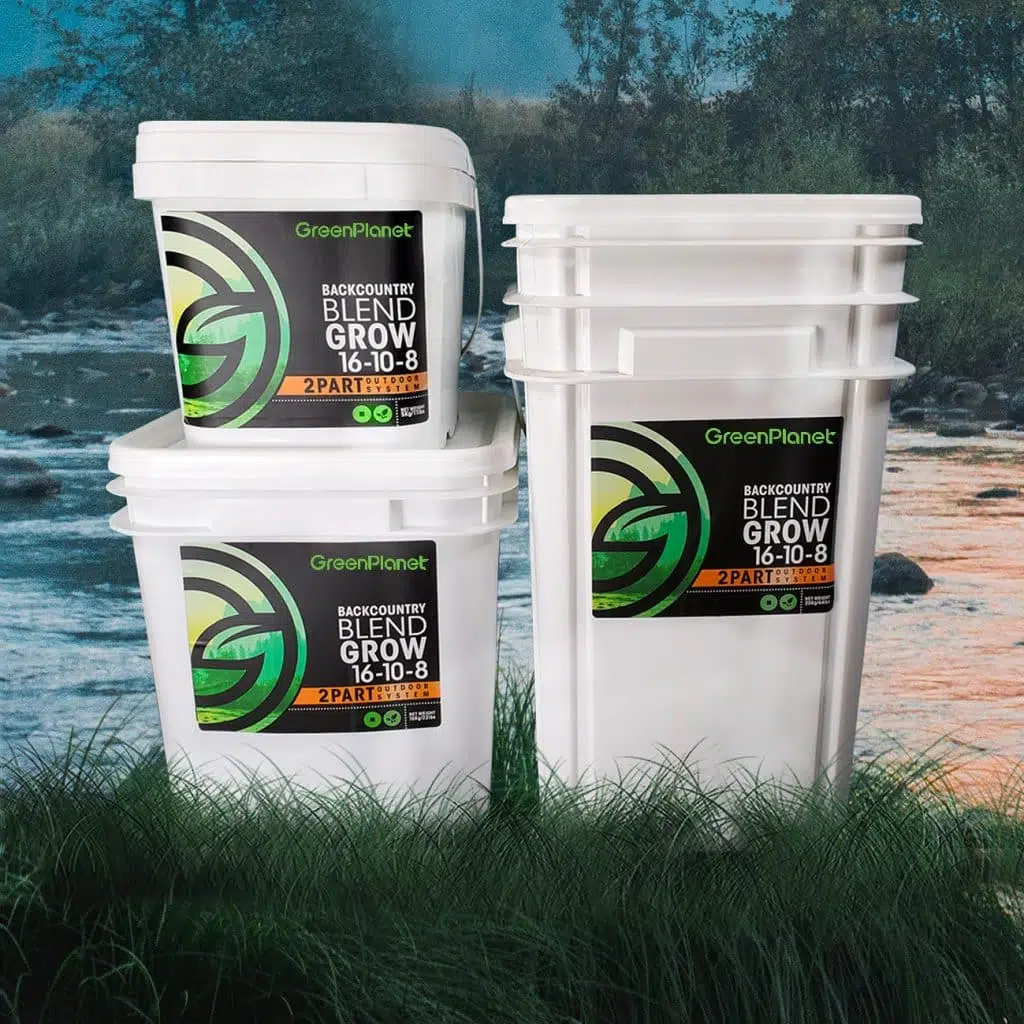
Backcountry Blend Bloom: Base Nutrient
BackCountry Blend Bloom contains a full spectrum of nitrogen (N), phosphorus (P), potassium (K), and calcium (Ca) that are measured specifically for the flowering stage. The Bloom formula of BCB includes higher levels of phosphorus (P) and potassium (K) that plants require during the flowering stage. Phosphorus plays a key role in essential functions of the plant such as photosynthesis, transfer of energy, and nutrient movement through the plant. Potassium aids in the conversion of phosphorus into energy your plants can use and strengthens cell walls to support larger yields.

Backcountry Blend Boost: Additive Nutrient
BackCountry Blend Boost is designed to be used in conjunction with BackCountry Blend Bloom during the flowering stage. Boost provides your outdoor plants with an extra dose of phosphorus (P), potassium (K), and calcium (Ca), as well as the addition of humic acid. Phosphorus and potassium are vital elements that aid in the development of flowers and the movement of nutrients through the plant. Calcium plays a major role in cell wall composition and also helps maintain chemical balances in the soil. And humic acids, as one of the most treasured, natural sources of nutrients, acts as catalyst for nutrient uptake, making hard-to-transport elements readily available. These added benefits improve overall yields, floral development, color, aroma and hardening in late flower.
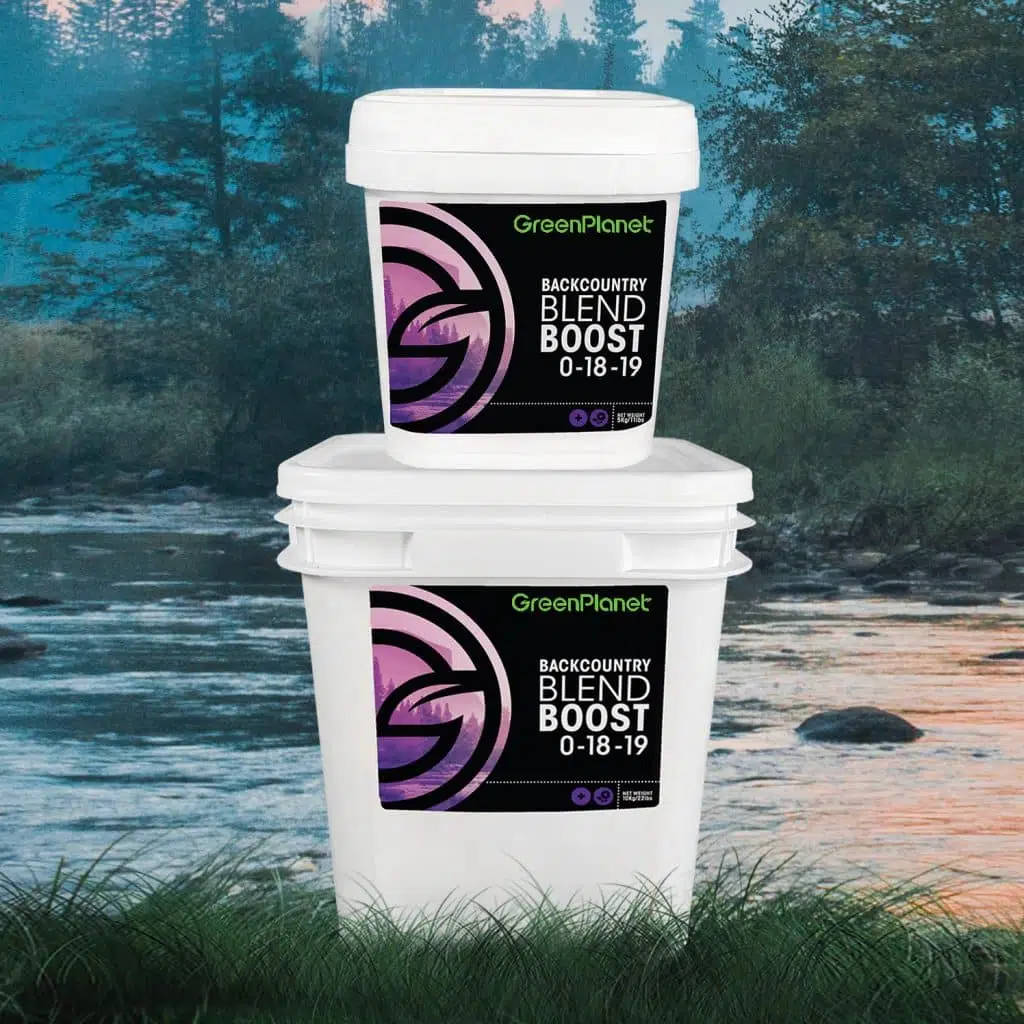
Using the Feed Program
Like a recipe, growers that use feed programs will have the best results when the proper protocol is followed. Luckily, GreenPlanet Nutrients’ makes it easy for growers to follow the progress of their crop, week-by-week, simply by having access to one of five feed charts, and/or an online nutrient calculator. While using the BCB feed program, follow the weekly progress of your plants by referring to the GreenPlanet’s nutrient calculator, or, download the BCB feed chart below.
Features and Considerations
Here are some features to consider about the BackCountry Blend feed program. First, GreenPlanet only recommends certain products and supplements for specific stages of plant growth. For example, the feeding program is split into two stages: vegetative and flowering growth. In these different stages, only certain supplements are recommended for use. For example, BCB Grow is scheduled for the vegetative stage of growth, while BCB Bloom and Boost are charted for the flowering stage.

Also, as a slow-release fertilizer, BCB is only recommended to be amended to your soil/soilless mix every 3-5 weeks. So, refer to the feed chart, measure, broadcast either Grow, Bloom or Boost over your medium, water as needed and wait; soon your plants will be bursting from their pots, broad-leaved and soaking up every available ray of light.
One final consideration: the GreenPlanet feed chart recommends feeding plants 0.5-1 tsp of BCB Grow, Bloom or Boost per vertical foot of plant material. But be conservative at first – a little bit of BackCountry Blend can go a long way, especially in warmer climates where gardeners will frequently water their crop.

5 Tips on Using Backcountry Blend
There is no better program for the outdoor or greenhouse garden – the financial savings alone are enough to make every committed gardener switch to BackCountry Blend. Even though BCB is extremely easy-to-use, we’ve compiled a list below of simple, but important tips:
1. Keep your soil moist
Keep your soil moist at all times. Over-drying your medium while using BackCountry Blend may lead to minor leaf burns, although this is rare.
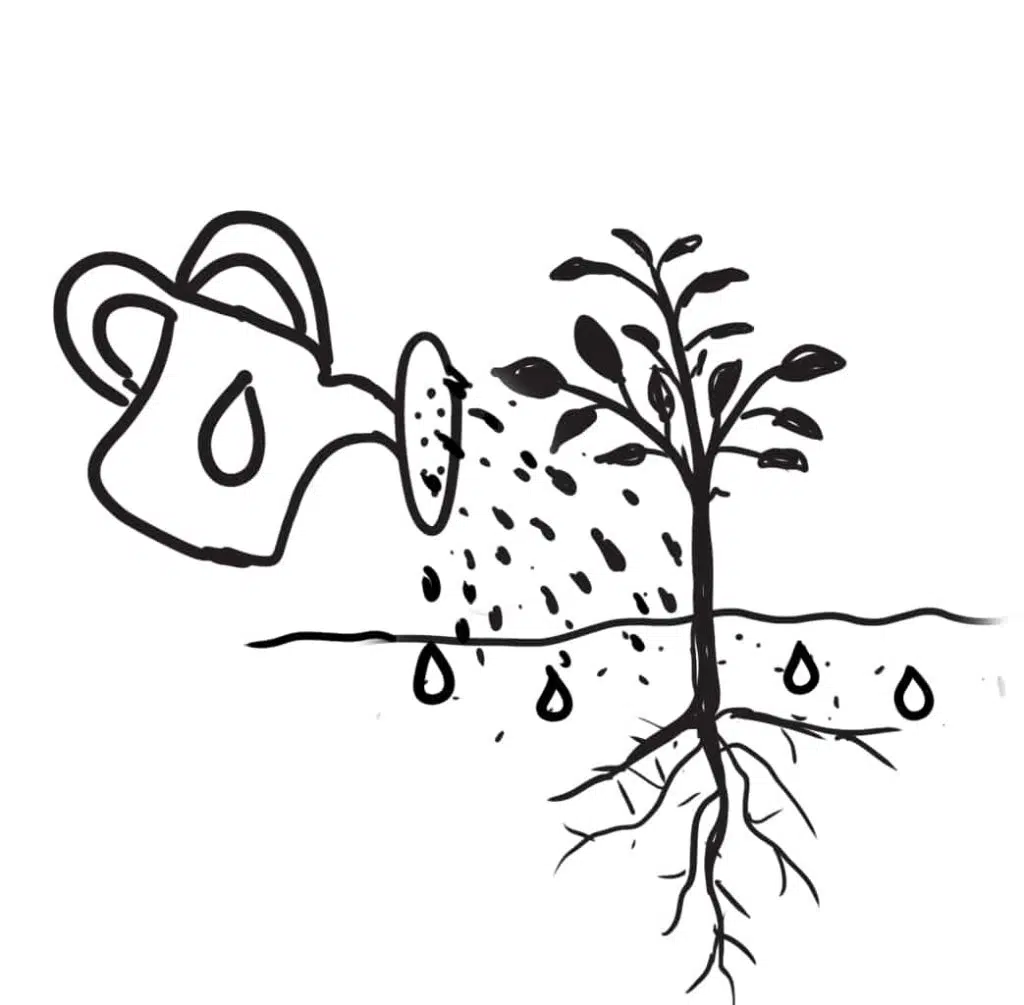
2. Top dress and work in
Top dress your plants and gently work BackCountry Blend into the top layer of the soil.
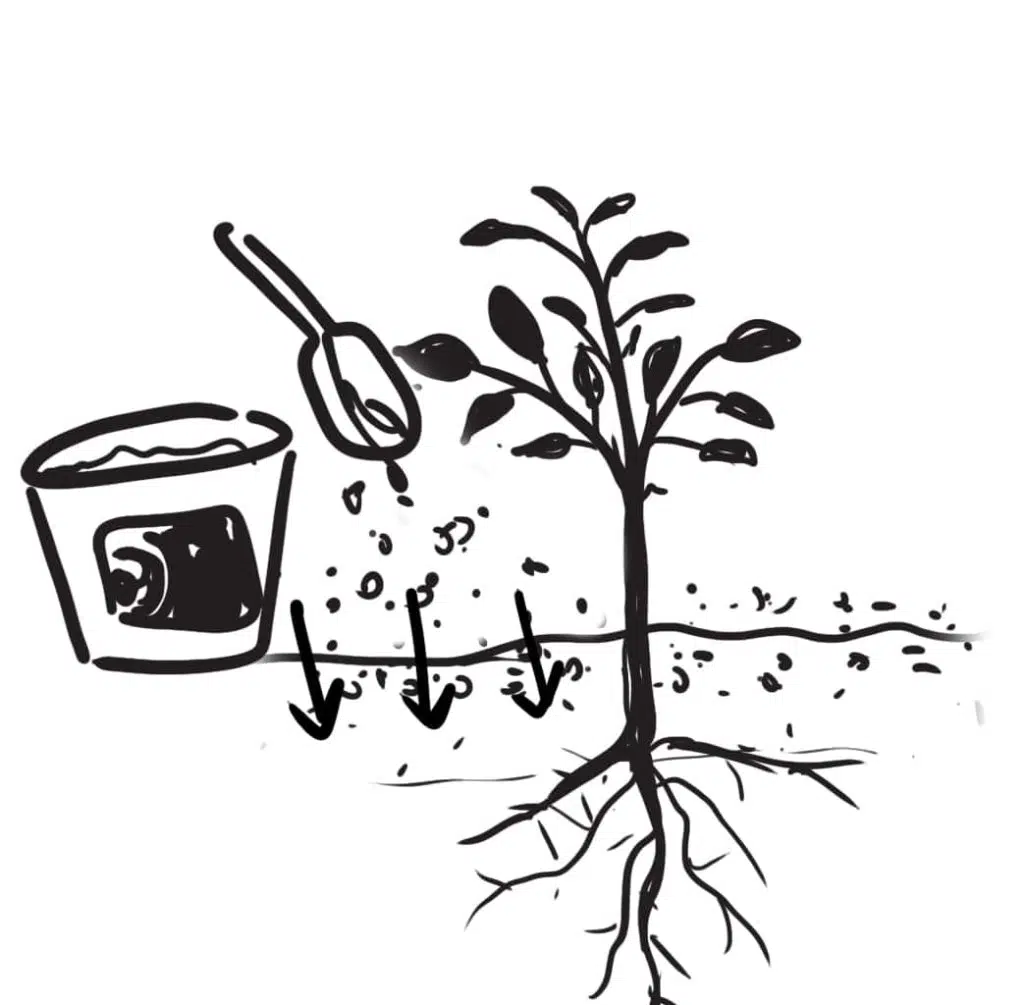
3. Be precise
— If using irrigation or self-watering tools, amend the granular beads close to drip emitters and make sure contact with water is made.

4. Be conservative
Depending on the dietary requirements of your crop, your plants may require more or less BCB. Start small and gradually increase your dose overtime.
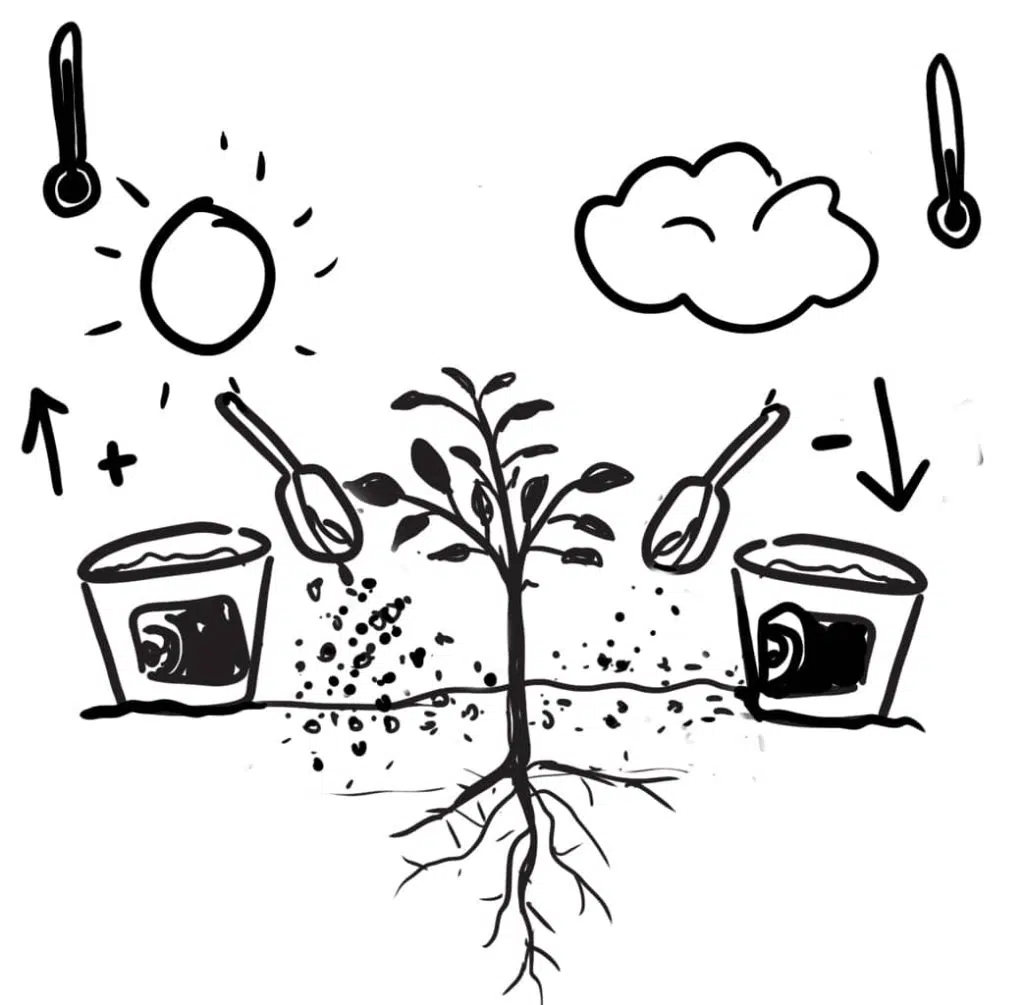
5. Use measuring tools
Depending on the dietary requirements of your crop, your plants may require more or less BCB. Start small and gradually increaseAvoid “free-handing” BackCountry Blend. Use measuring tools for the most accurate amendment.your dose overtime.
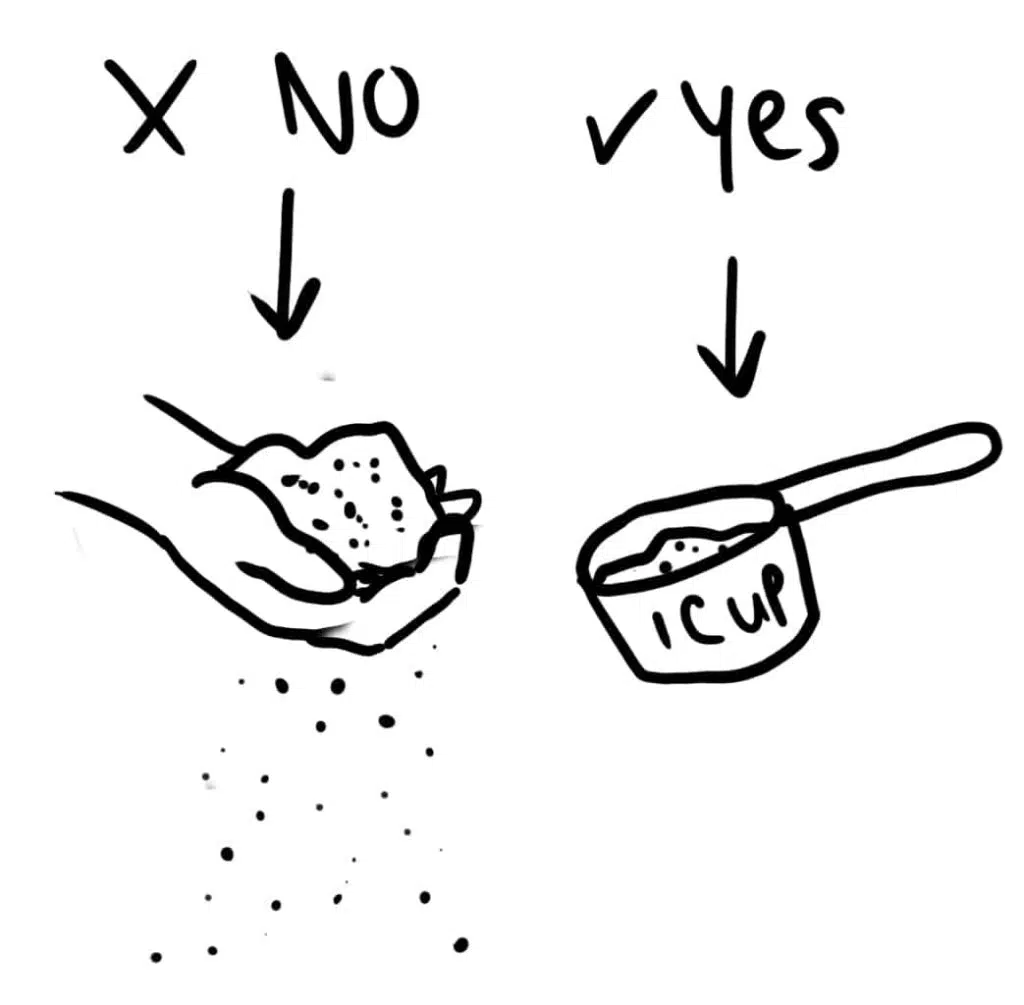
Want to learn more about BackCountry Blend? Contact a member of the GreenPlanet sales team, or your local garden supply store for product information and purchasing inquiries. Or, read more of our blogs on BackCountry Blend.
For all other inquiries, contact a member of the GreenPlanet sales team, or your local garden supply store for product information and purchasing inquiries.
Check out our Resource Center for more product information
Read More
- What are Additive Nutrients?An additive nutrient, or nutrient supplement, can be described as any plant food product that seeks to enhance natural patterns of development. Unlike base nutrients,… Read more: What are Additive Nutrients?
- Why Testing the pH of Your Runoff Can Save Your CropIf you’ve recently noticed some leaf discoloration, mutation, or poor growth, it’s quite likely an inadequate pH range is the culprit behind these issues. pH… Read more: Why Testing the pH of Your Runoff Can Save Your Crop
- What’s the Difference Between Dry and Liquid Fertilizer?Unfortunately, not all fertilizers are created equal. That’s not to say that one product or feed program won’t perform as advertised, but as we’ve learned… Read more: What’s the Difference Between Dry and Liquid Fertilizer?

